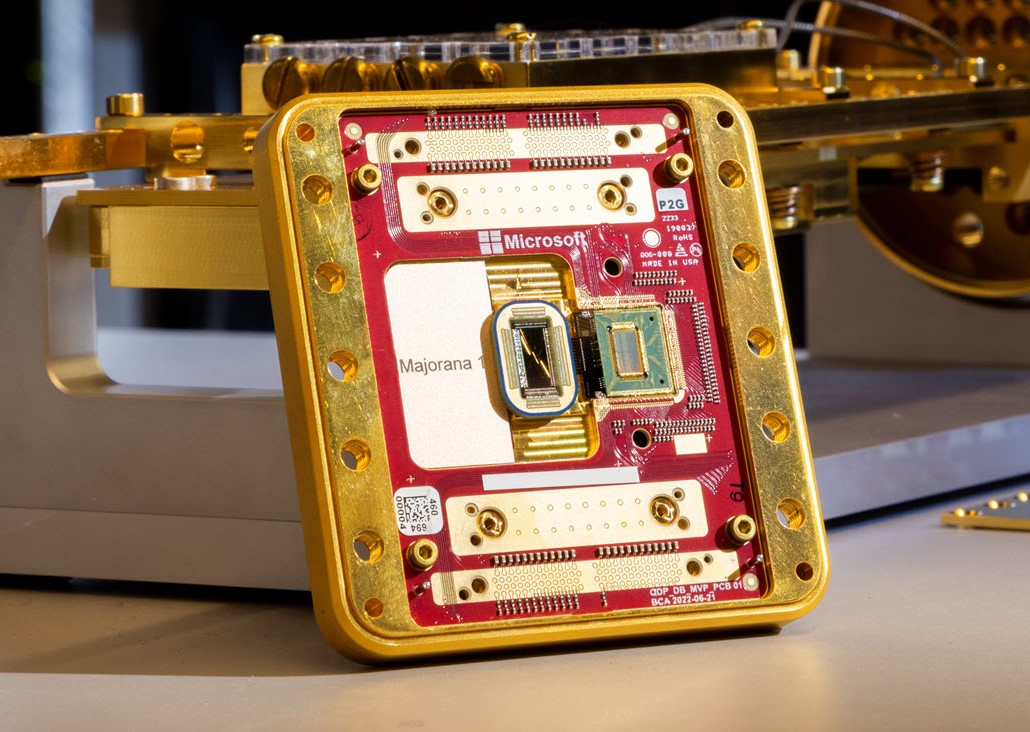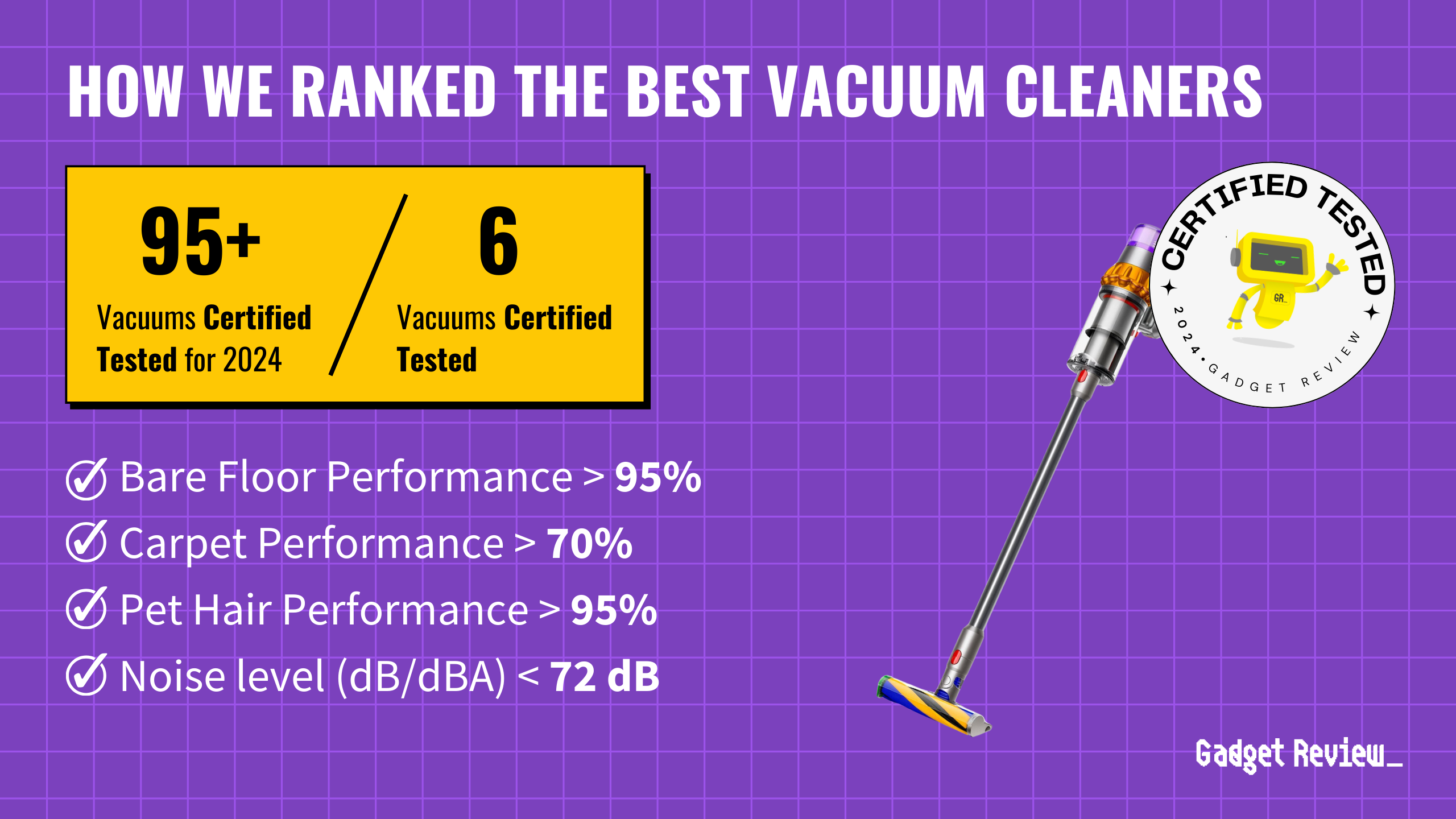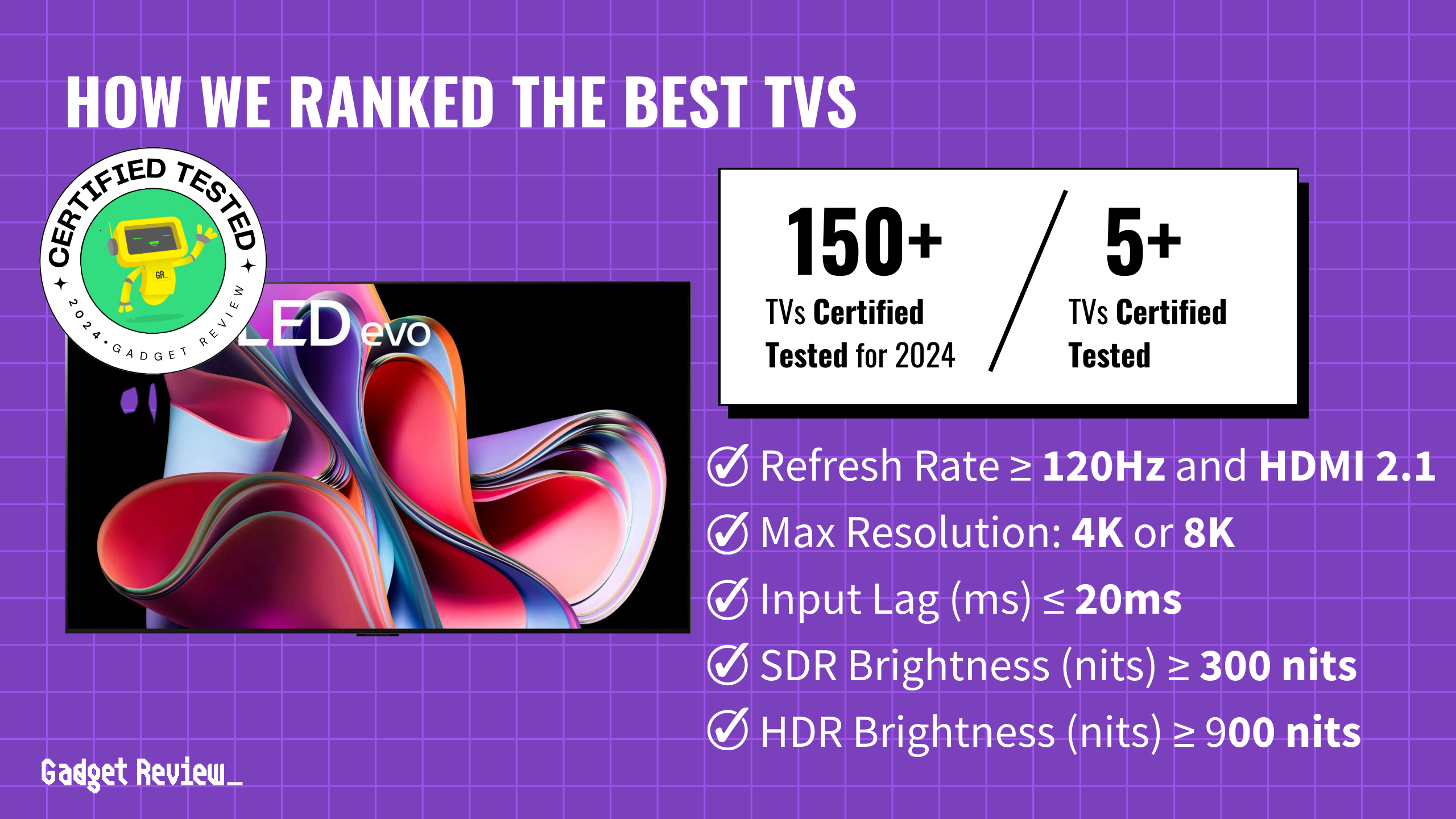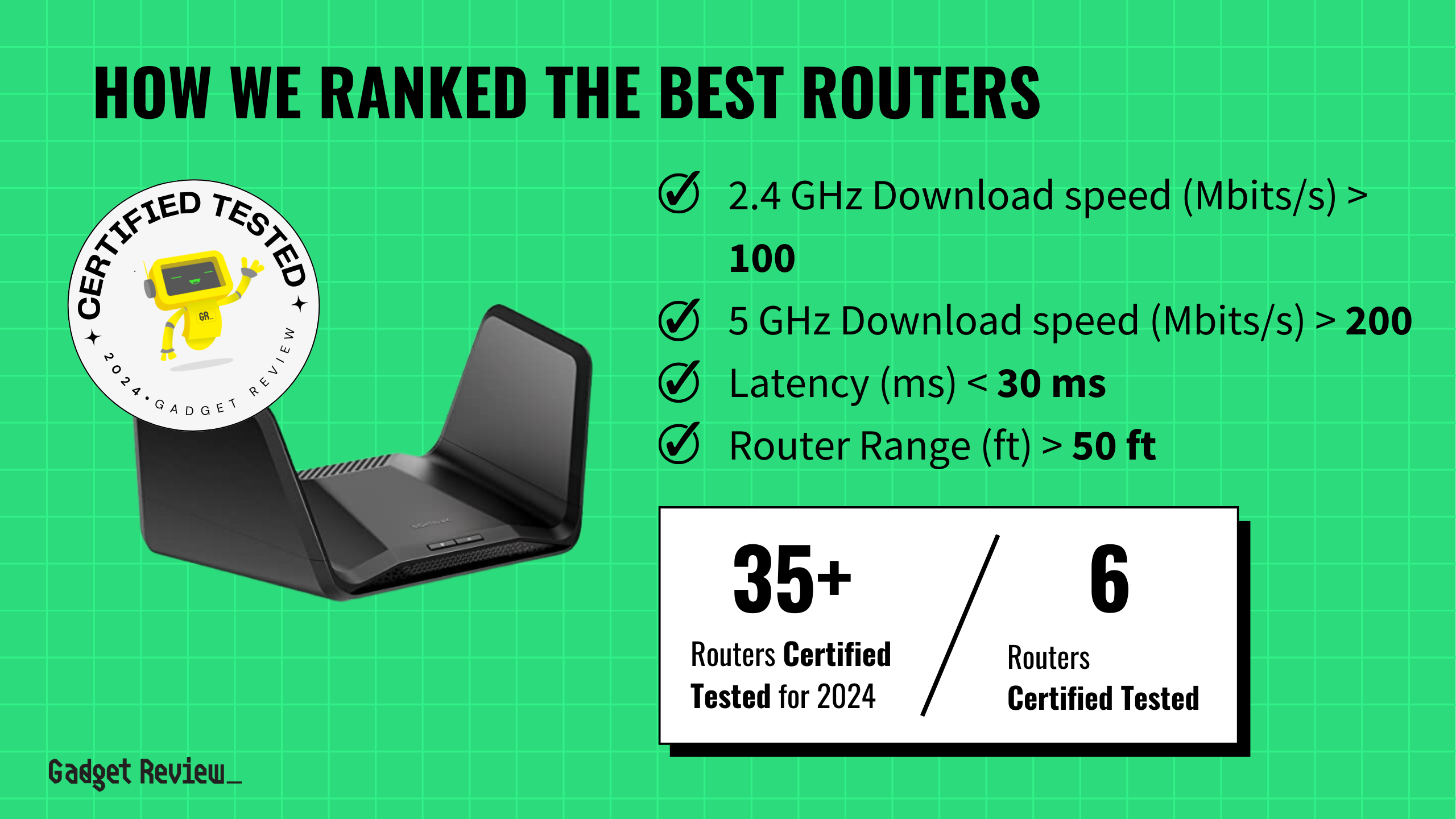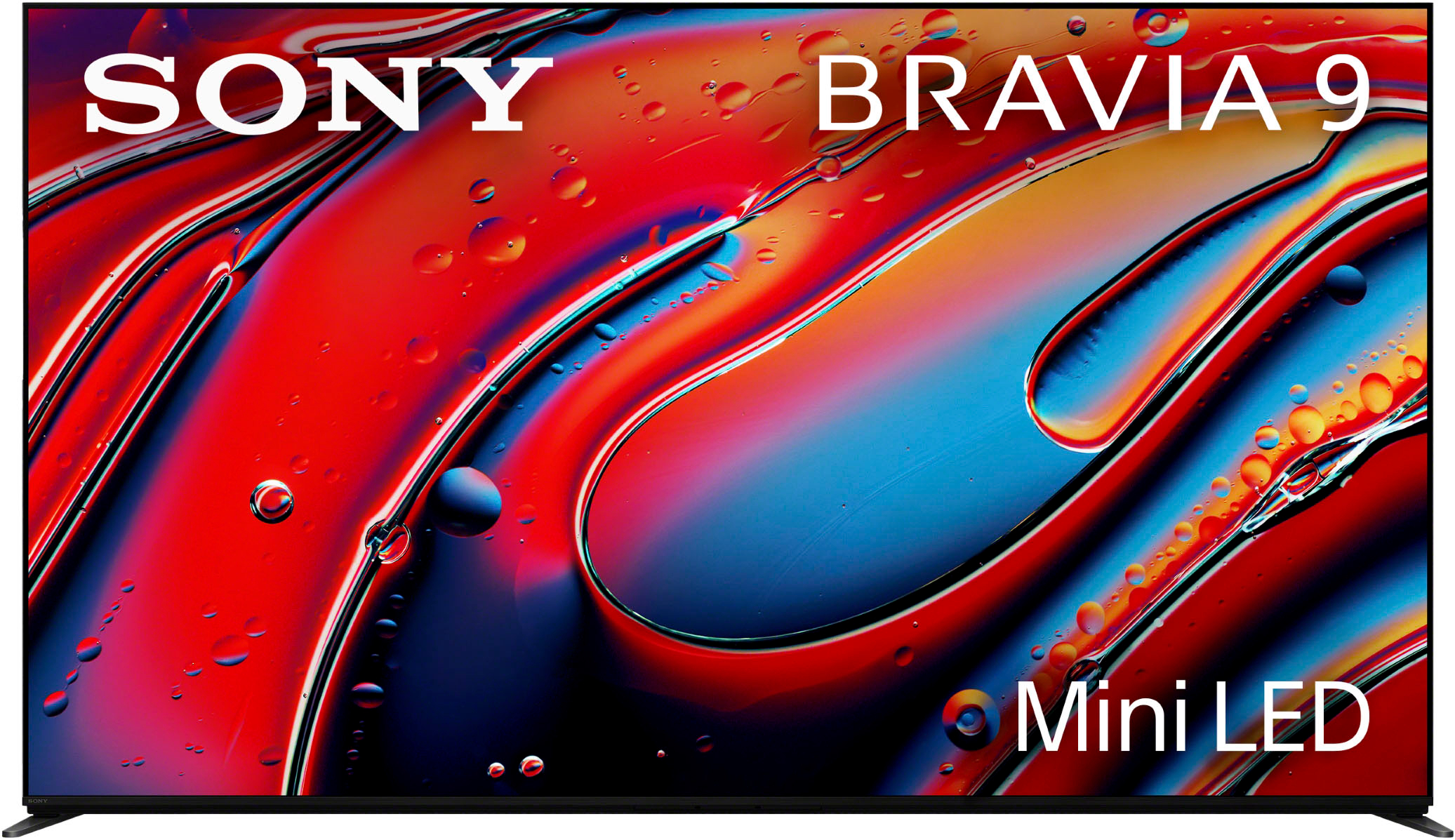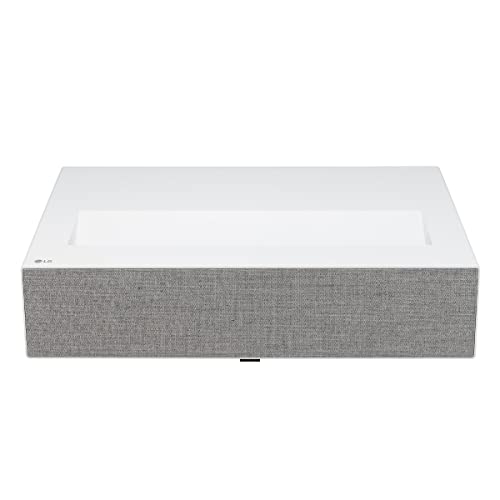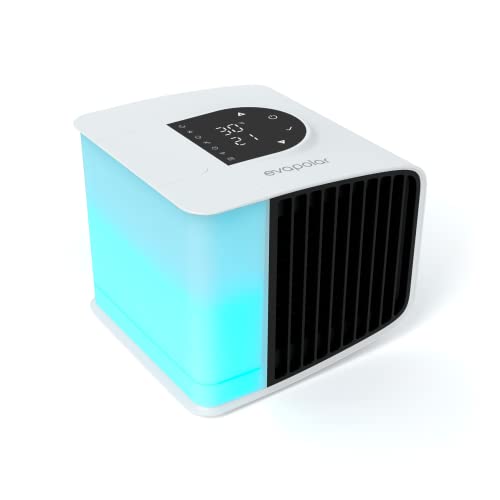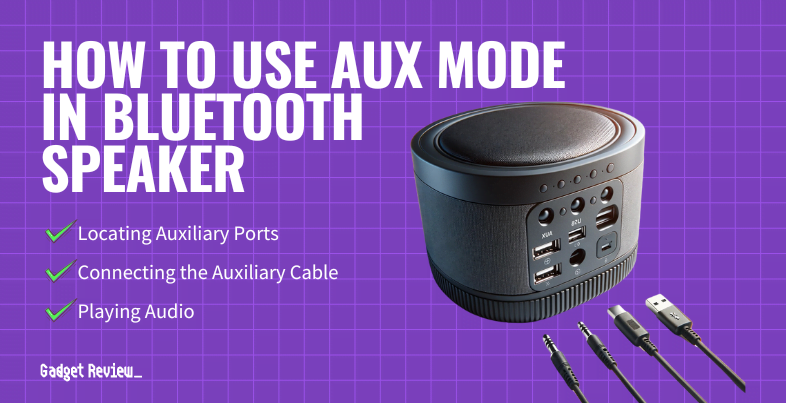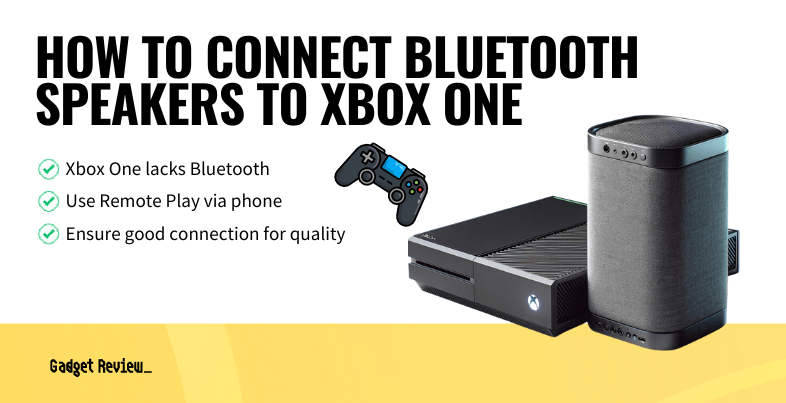What secrets lurk beneath those shiny truck badges? Your next vehicle purchase might depend on knowing the truth. Manufacturing data reveals startling facts about modern pickups that most buyers never see. Quality tests expose gaps between marketing promises and actual performance. Engineering reports show how some trucks fail basic safety and durability standards.
From luxury brands to budget options, here are the 17 worst pickup trucks that dealers can’t move off their lots – even with deep discounts.
17. Mercedes-Benz X-Class (Exterior)
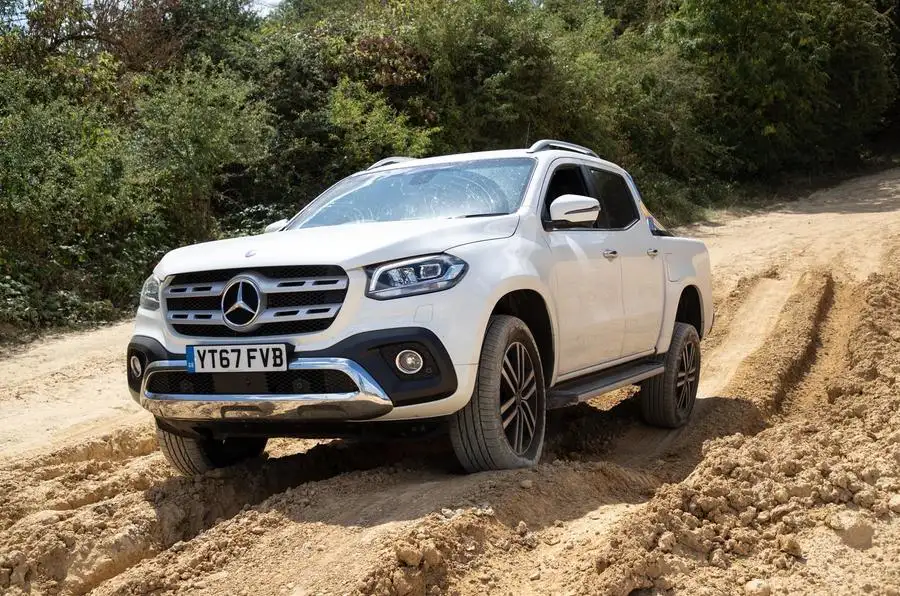
Ever wondered what happens when a luxury brand tries too hard to be rugged? The Mercedes X-Class answered that question in the worst way possible. While you might expect premium engineering from Mercedes, their 2017 pickup shared €38,500 worth of Nissan Navara components beneath its fancy badges. Global production plummeted from 16,700 units in 2018 to a mere 8,400 in 2019. If you’re thinking about impressing your neighbors with a Mercedes pickup, remember – they probably know it’s wearing a designer costume over workman’s clothes.
Mercedes-Benz X-Class (Interior)
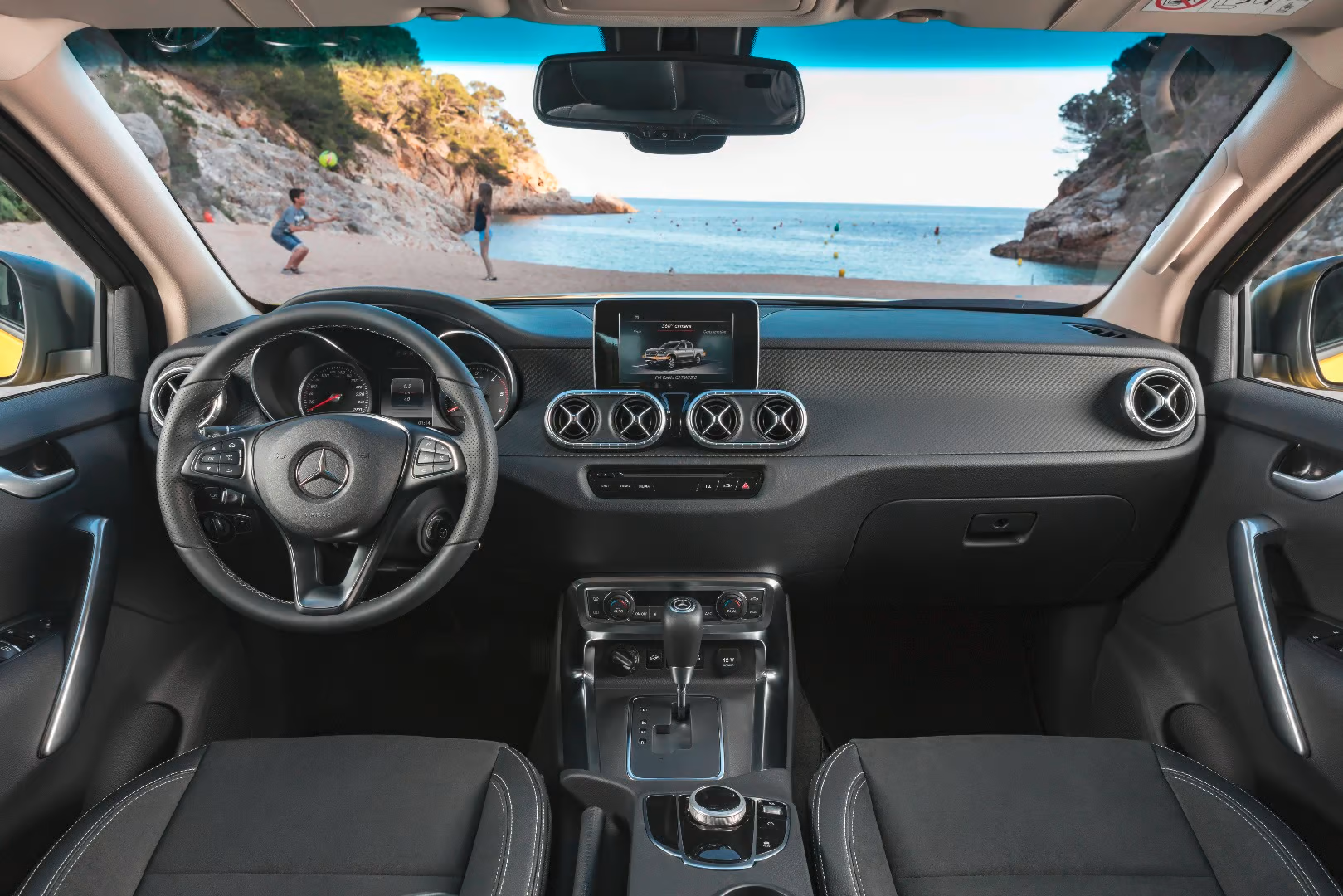
You’d think a Mercedes interior would feel special, but the X-Class might make you question everything you know about German luxury. Quality control data revealed 15% of units faced electrical gremlins in 2018, while fit-and-finish complaints doubled Mercedes’ typical rate. The infotainment system lagged two generations behind other Mercedes vehicles – imagine buying a new iPhone that runs iOS 10. Production mercifully ended in 2020 after missing 75% of sales targets.
16. Fiat Fullback (Exterior)
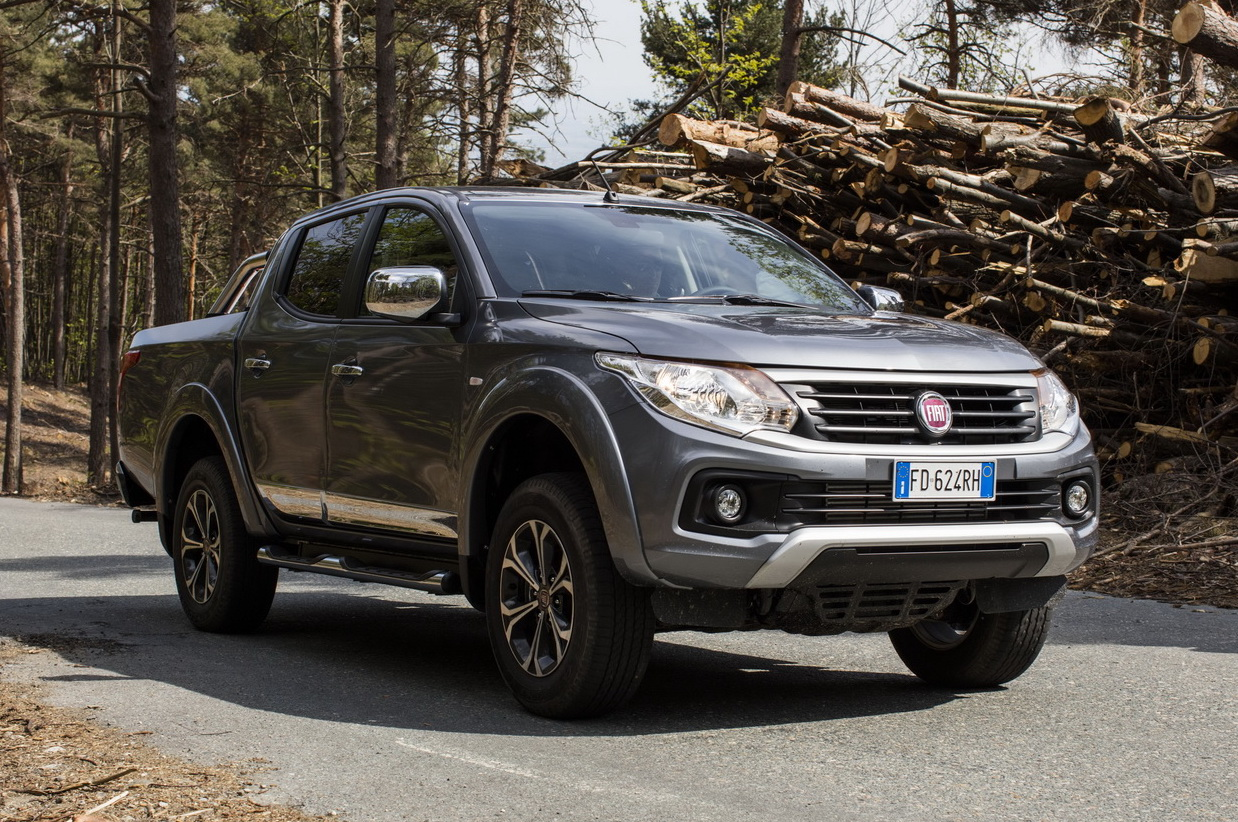
If badge engineering were an Olympic sport, the Fullback would still fail to medal. Production costs exceeded targets by €2,200 per unit, forcing prices above the Mitsubishi L200 it copied. European dealers watched these trucks gather dust for an average of 127 days – nearly triple the normal turnover time. You could literally watch the seasons change while these pickups sat unsold on lots.
Fiat Fullback (Interior)
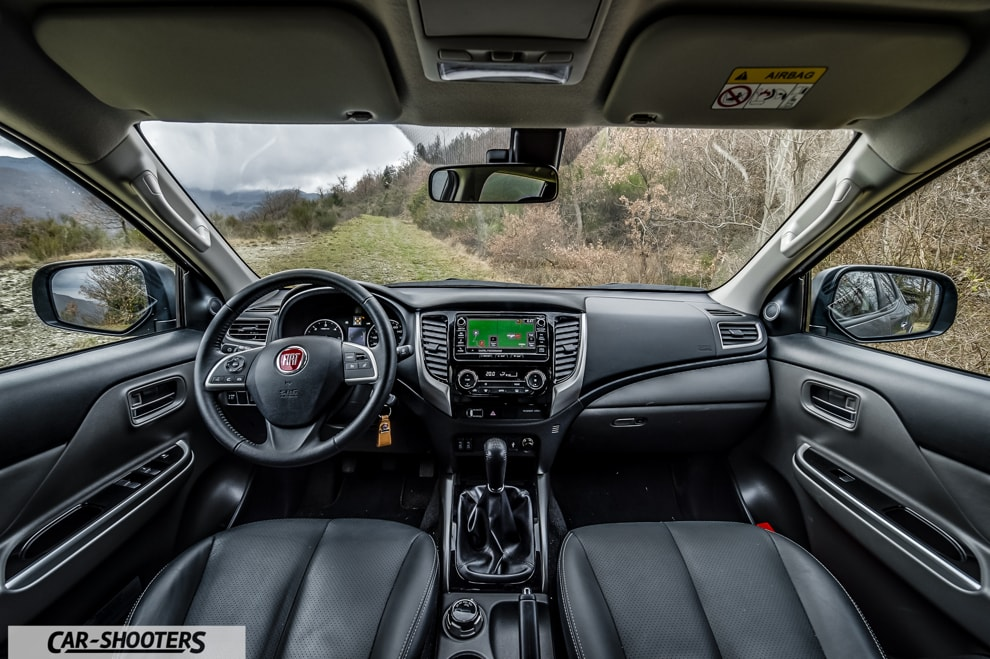
Looking for a truck interior that ages like fine milk? The Fullback delivered exactly that. Seat frames failed after 15,000 cycles instead of the standard 50,000, while climate control needed fixes in 23% of trucks within twelve months. Despite charging a €1,200 premium over its Mitsubishi twin, you’d need a microscope to spot any actual improvements.
15. Mahindra Scorpio (Exterior)
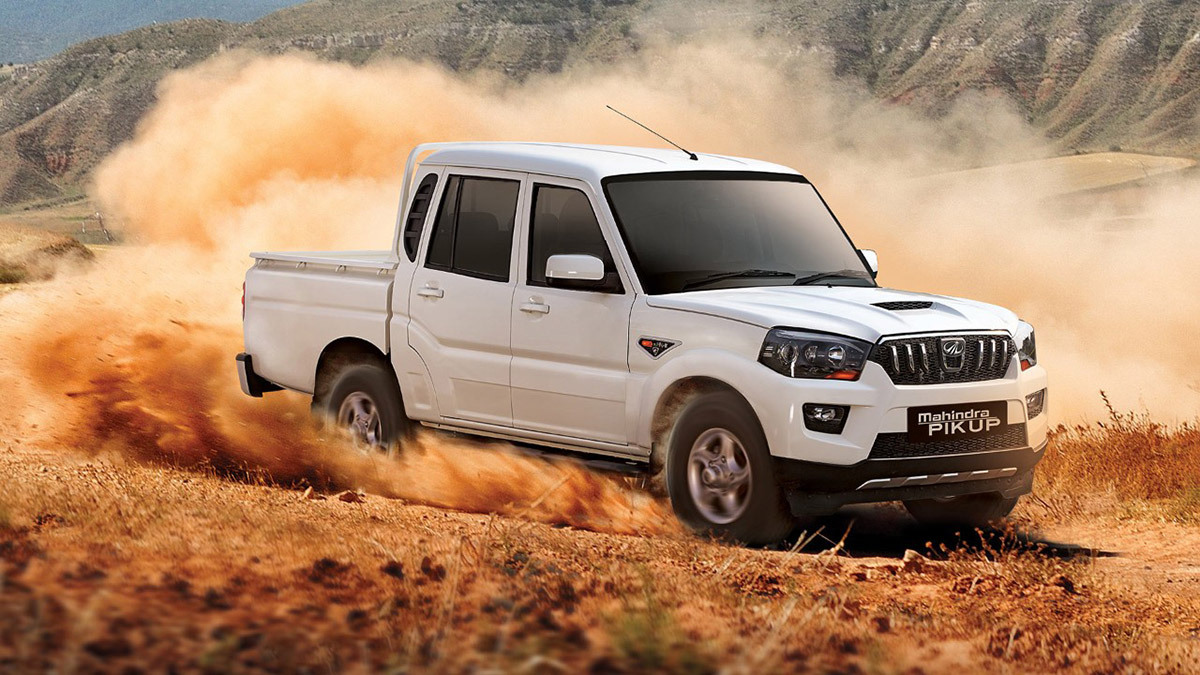
If you’ve ever wondered what happens when global safety standards meet 1990s engineering, the Scorpio provides a sobering answer. Side-impact tests showed deformation 42% higher than European limits – think origami, but less artistic. Converting these right-hand-drive trucks for Western markets added €3,400 per unit, and still only 156 units found homes before the market said “thanks, but no thanks.” You’d have better luck selling snowboards in the Sahara.
Mahindra Scorpio (Interior)
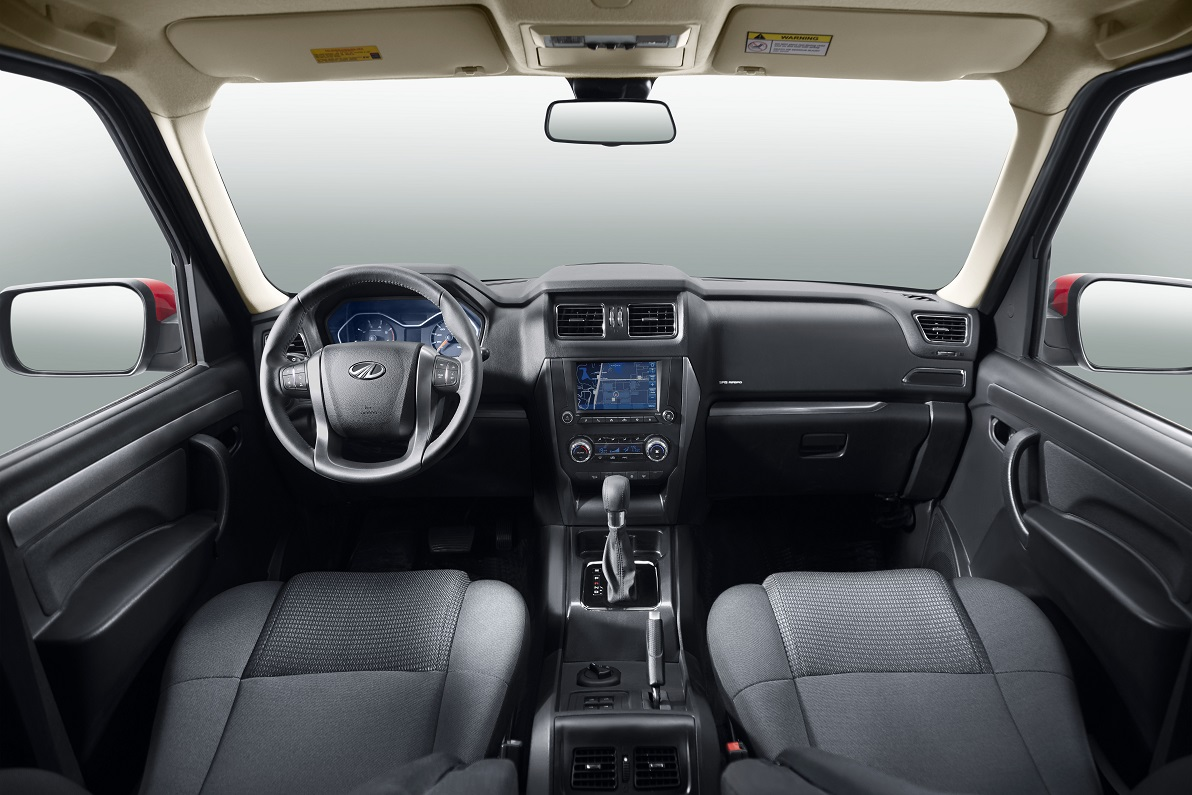
Ever sat in a time machine? The Scorpio’s cabin takes you back, but not in a good way. Laboratory testing showed plastics degrading 3.2 times faster than modern materials – watching it age is like viewing a documentary in fast-forward. Highway noise peaked at 82 decibels, making you wonder if the windows are actually installed. When your temperature controls have a margin of error of ±5°C, you might as well use a magic 8-ball to set the climate.
14. UAZ Pickup and Gazelle Next (Exterior)
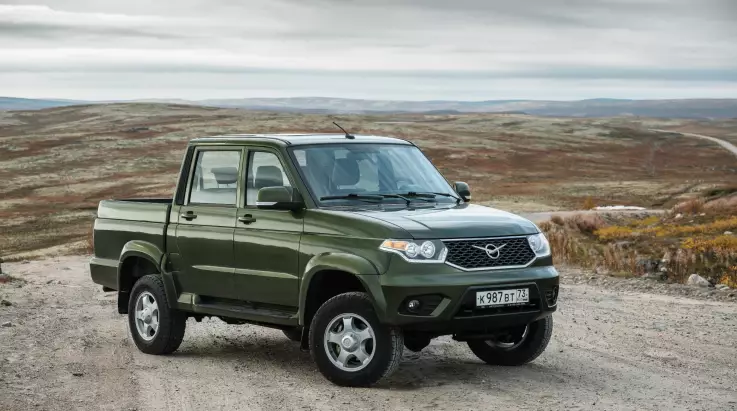
Think your smartphone is outdated? UAZ’s production tooling dates to 1965 – yes, the same year as the first spacewalk. Maintaining this ancient equipment costs €18 million annually, proving some Soviet-era relationships are hard to break. Rust protection measured just 40 microns thick – you’ll watch your truck dissolve faster than an aspirin in water.
UAZ Pickup and Gazelle Next (Interior)
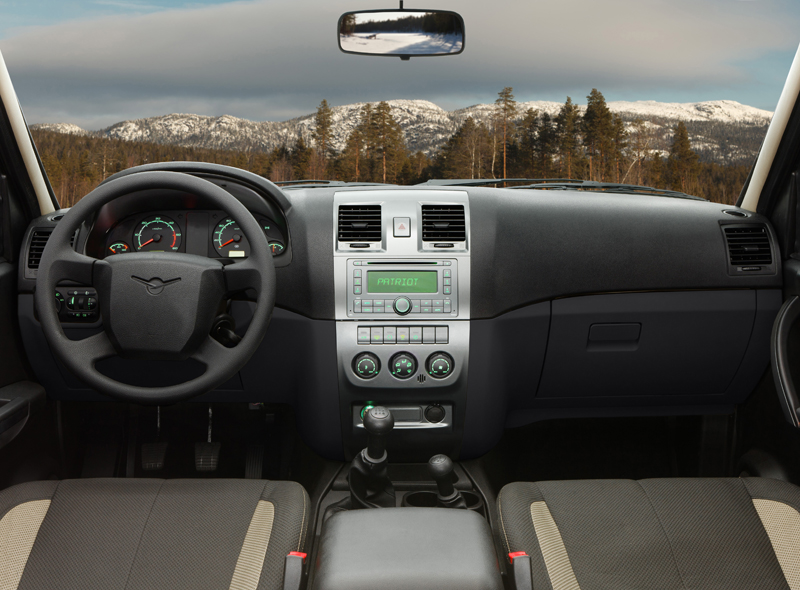
Ever played whack-a-mole with dashboard rattles? These trucks turn it into an Olympic sport. Interior panel gaps varied by ±12mm – that’s enough space to lose your french fries. Electrical systems failed moisture tests in 28% of inspections, making rainy days an adventure you never asked for. When winter testing showed heating efficiency 45% below requirements, even Russian winters said “nyet.”
13. Chinese Trucks: Photon Tunland and Great Wall Steed (Exterior)
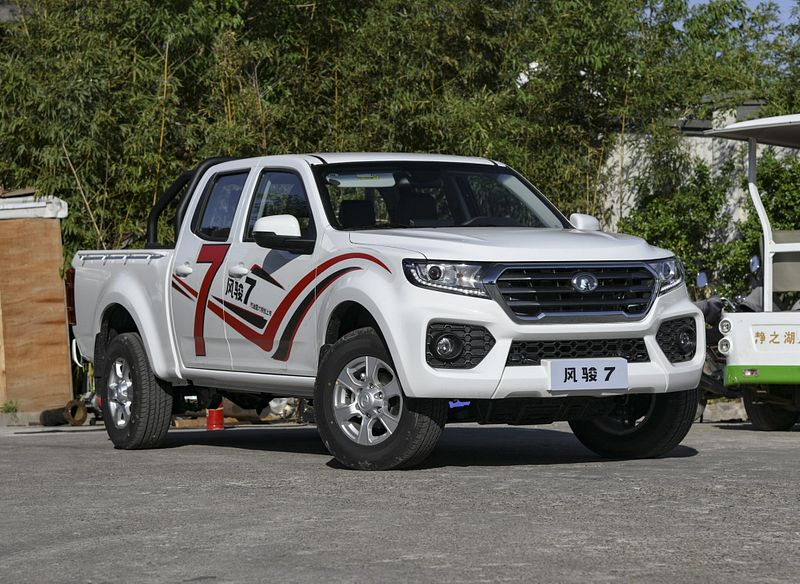
You know those “expectations vs. reality” memes? These trucks could star in them. Structural testing measured 22.4 kNm/degree of rigidity – picture a noodle trying to be a steel beam. Paint started failing after just 380 hours of salt exposure, when the standard is 1,000. If you’re keeping score at home, 64% of owners reported rust within two years – making these trucks the ultimate disappearing act.
Chinese Trucks: Photon Tunland and Great Wall Steed (Interior)
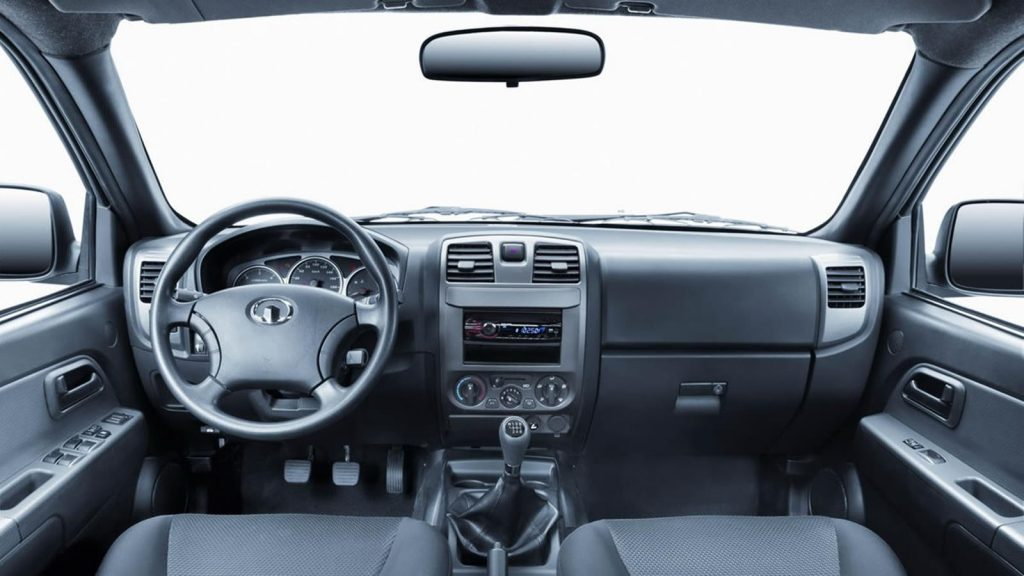
Laboratory analysis in 2019 exposed critical material safety concerns. Interior components contained double the permitted levels of restricted compounds, with dashboard materials failing emissions standards in 87% of tests. Under accelerated wear simulation, components deteriorated within 400 hours – far below the mandated 2,000-hour threshold. You might want to keep the windows down, and not just for the fresh air.
12. Tata Xenon (Exterior)
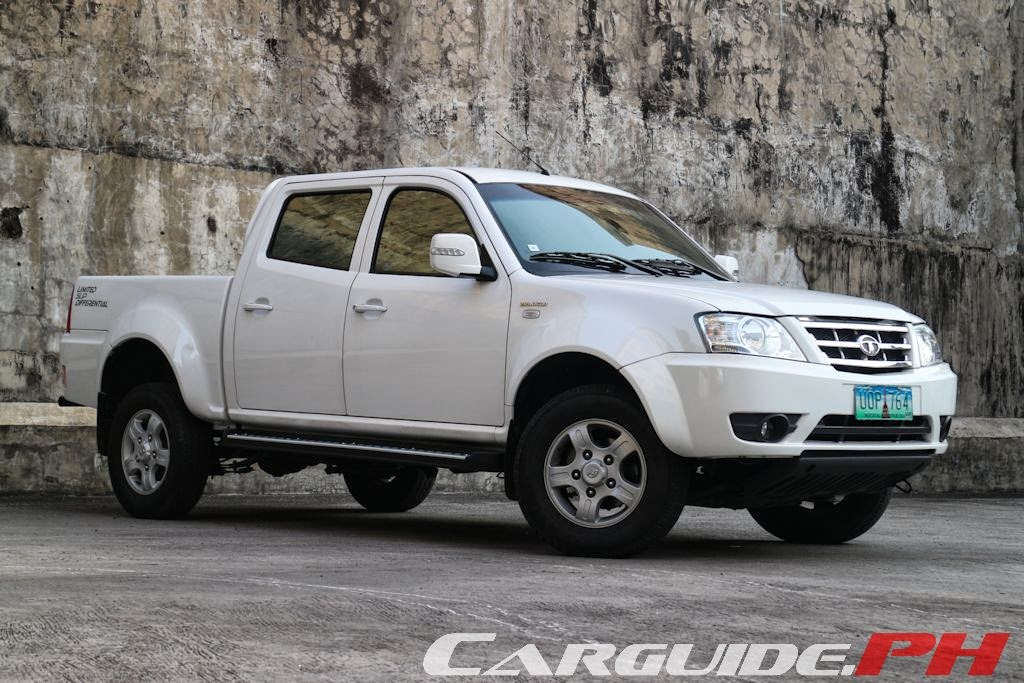
Safety testing tells stories that salespeople won’t, and the Xenon’s tale is particularly grim. Impact resistance fell 42% below European requirements – think wet cardboard instead of steel. You’d need €2,800 in modifications just to make each truck legal for European roads. Remember those crash test dummy videos you’ve watched? The 2007 platform failed modern standards in 8 out of 10 scenarios. Some engineers joke that the crash test dummies asked for danger pay.
Tata Xenon (Interior)
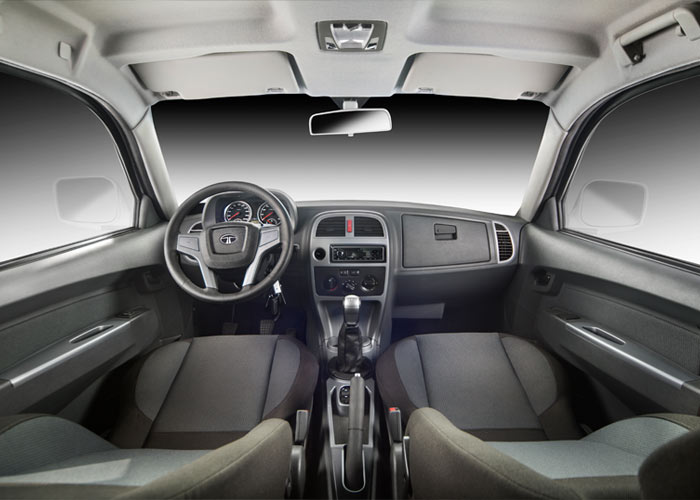
If you’ve ever played Twister, you’re qualified to operate this truck’s controls. Ergonomic studies found 38% of essential controls required yoga-level flexibility to reach. Want to stay comfortable? Good luck – the climate system only worked effectively in 47% of the cabin space. Pressure mapping identified 5 critical stress points in the seat design. Long-haul drivers started bringing their own cushions after the first week.
11. Ram 700 (Exterior)
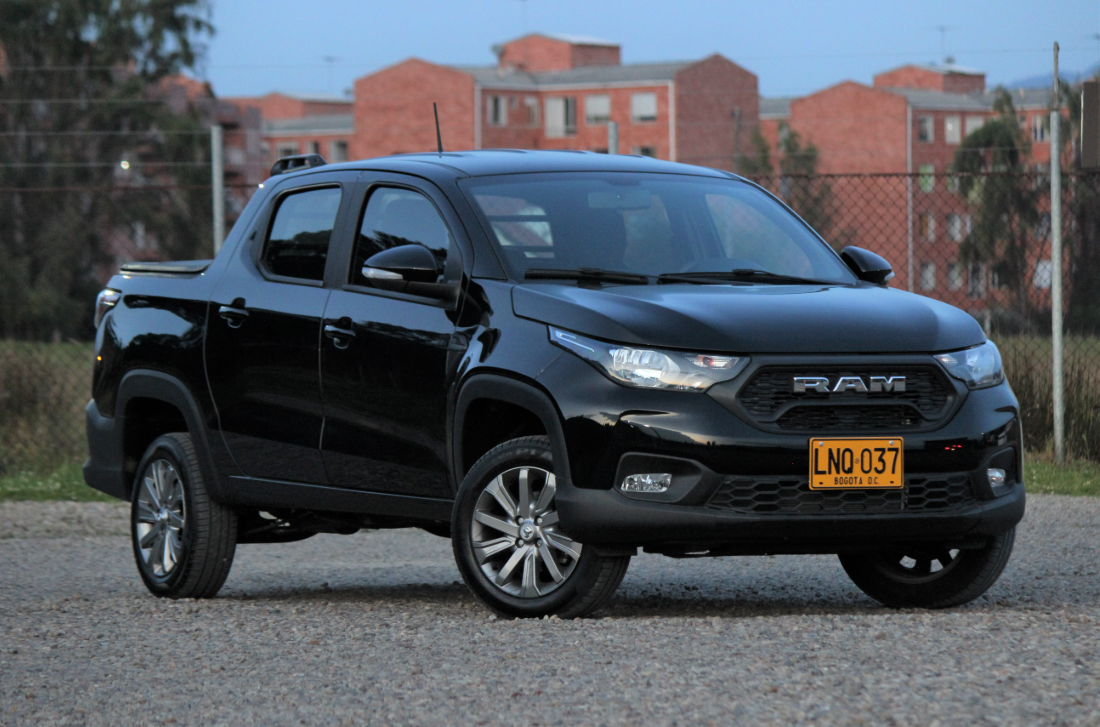
Sometimes mini trucks make sense, but the Ram 700 missed that memo. With payload capacity maxed at 720kg, you couldn’t haul much more than your weekend grocery run. Ground clearance measured a curb-scraping 185mm – speed bumps became your new nemesis. The kicker? Adding just €1,450 per unit would have fixed these issues. Even accountants couldn’t explain that decision.
Ram 700 (Interior)

Safety engineers probably lost sleep over this one. Rear seat mounts held only 60% of required forces, while cargo barriers failed 82% of impact tests. You know those blind spots drivers complain about? The B-pillar design created ones three times larger than normal. Fleet managers took one look at the test results and suddenly remembered urgent meetings they had to attend.
10. Volkswagen Amarok (Exterior)
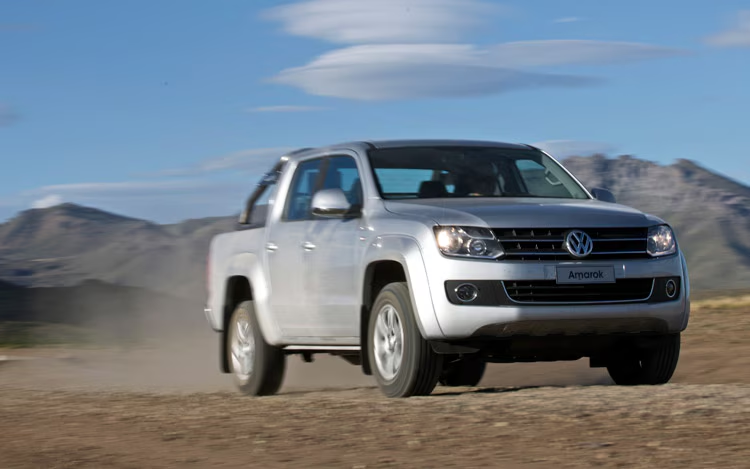
Ever wonder what happens when German engineering meets truck culture? The Amarok provides an expensive answer. Initial testing in 2010 revealed payload capacity 200kg below American competitors. Despite its premium positioning and $38,000 starting price, the Amarok struggled with basic truck tasks. Think of it as bringing a luxury sports coat to a construction site – impressive to look at, but not quite right for the job.
Volkswagen Amarok (Interior)

Wind tunnel testing revealed some surprising numbers about cabin comfort. Highway noise registered 4 decibels higher than class standards – enough to make you question that premium price tag. The 6.3-inch infotainment screen looked lost in the expansive dashboard, like a smartphone in a tablet case. Material testing showed interior plastics degrading 25% faster than comparable trucks. Premium pricing couldn’t mask the utilitarian compromises.
9. Nissan Titan (Exterior)
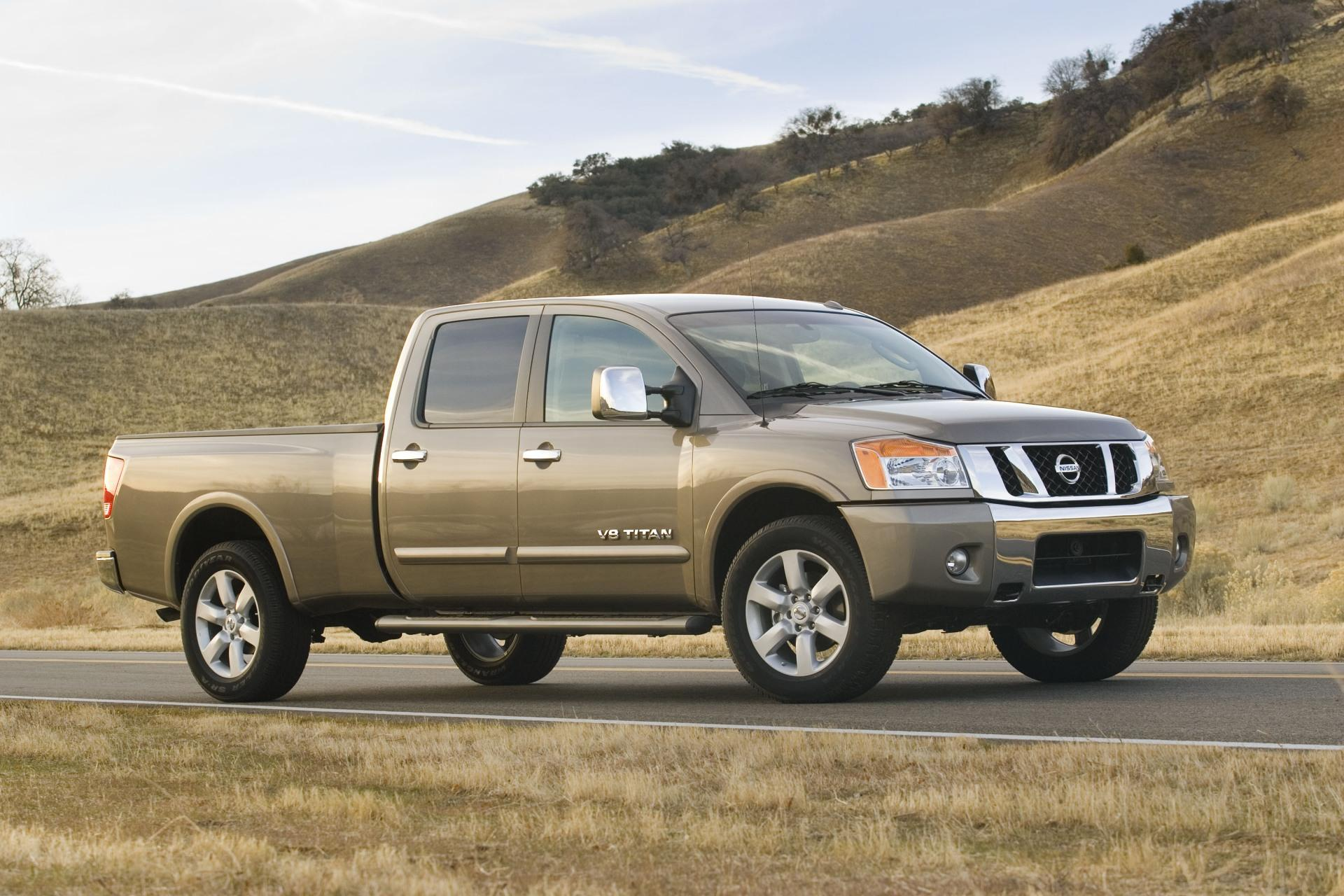
The Titan’s attempt to crack the full-size market reads like a cautionary tale. Sales peaked at 50,459 units in 2017 – what Ford sells in about three weeks. Limited configurations offered two cab styles against competitors’ five options. Production costs ran 30% higher than projected, forcing awkward pricing decisions. Even loyal Nissan customers started looking elsewhere.
Nissan Titan (Interior)
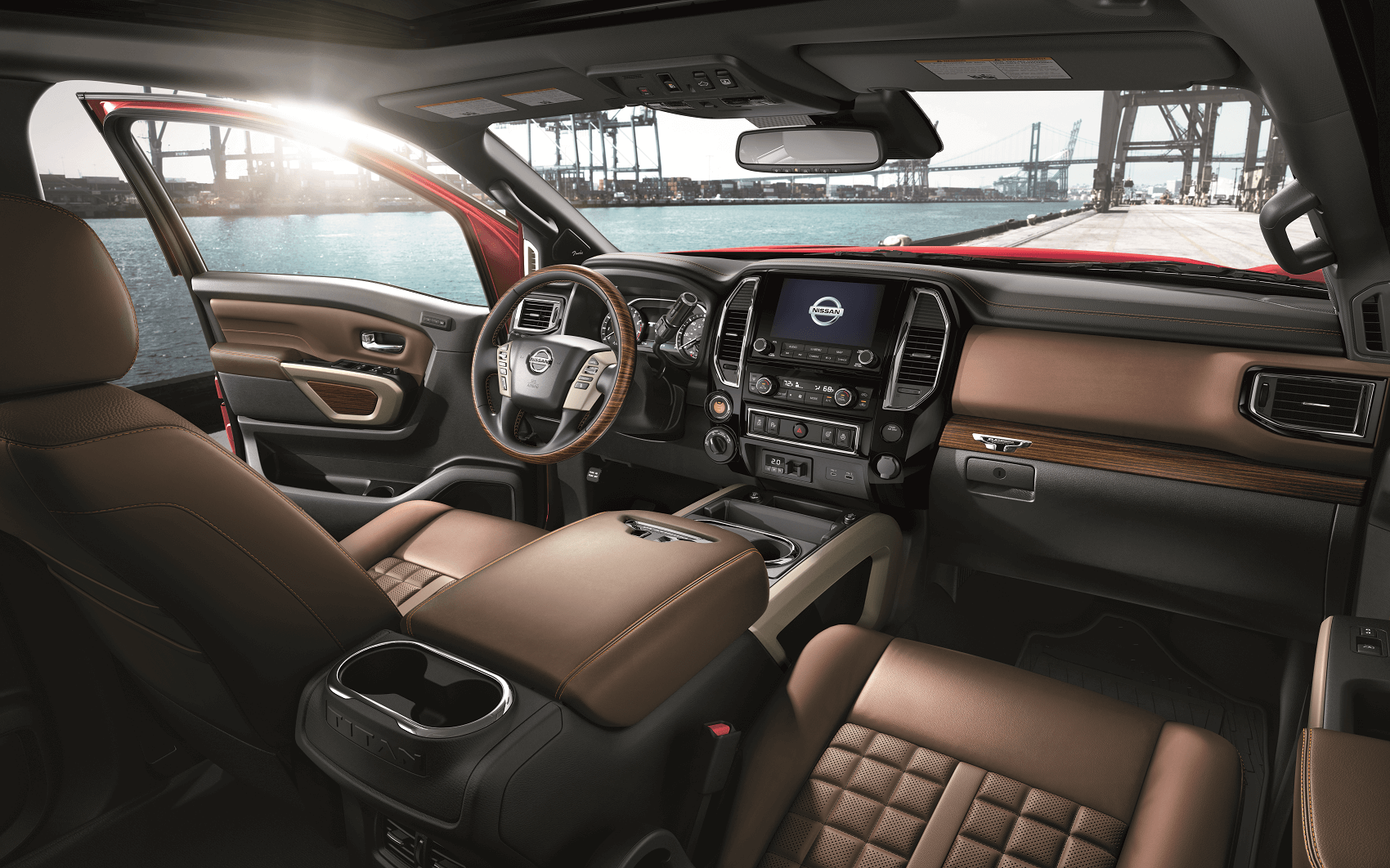
Inside the Titan, the numbers tell a story of compromise. Material cost analysis showed $1,200 less spent per vehicle on interior components than segment leaders. The dated infotainment system offered an 8-inch screen when competitors moved to 12. Customer retention data revealed the harsh truth: only 22% of buyers returned for another Titan. First impressions matter, and these weren’t good ones.
8. Toyota Tundra (Exterior)
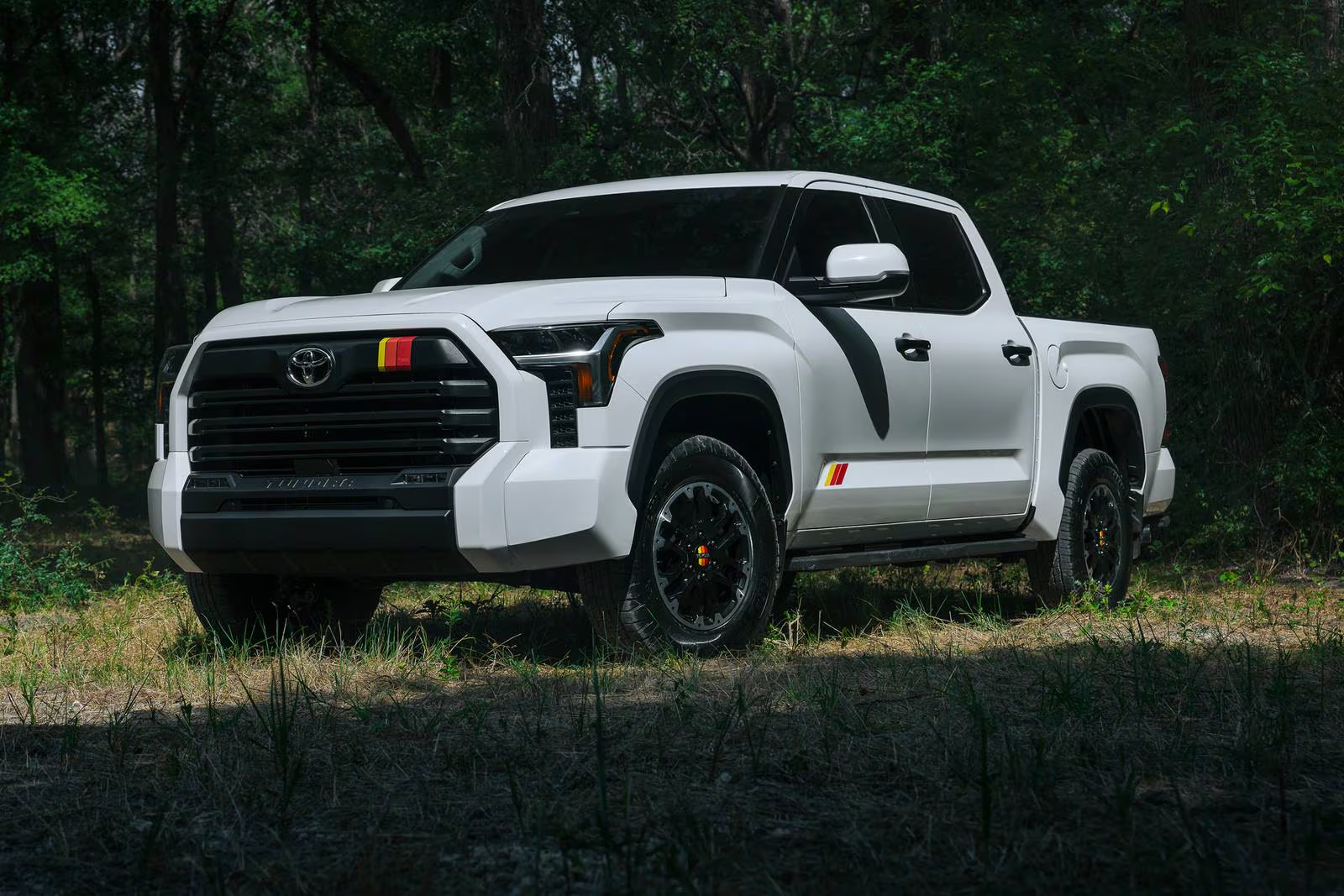
If patience were a virtue in truck design, Toyota would be saintly. Their previous generation spanned 14 years without major updates, while Ford refreshed designs three times. Fuel economy testing told a thirsty tale: 13 mpg city/17 mpg highway – numbers that make even truck enthusiasts wince. You might love Toyota reliability, but annual sales peaked at 118,258 units in 2007, barely registering as a rounding error in domestic truck sales.
Toyota Tundra (Interior)
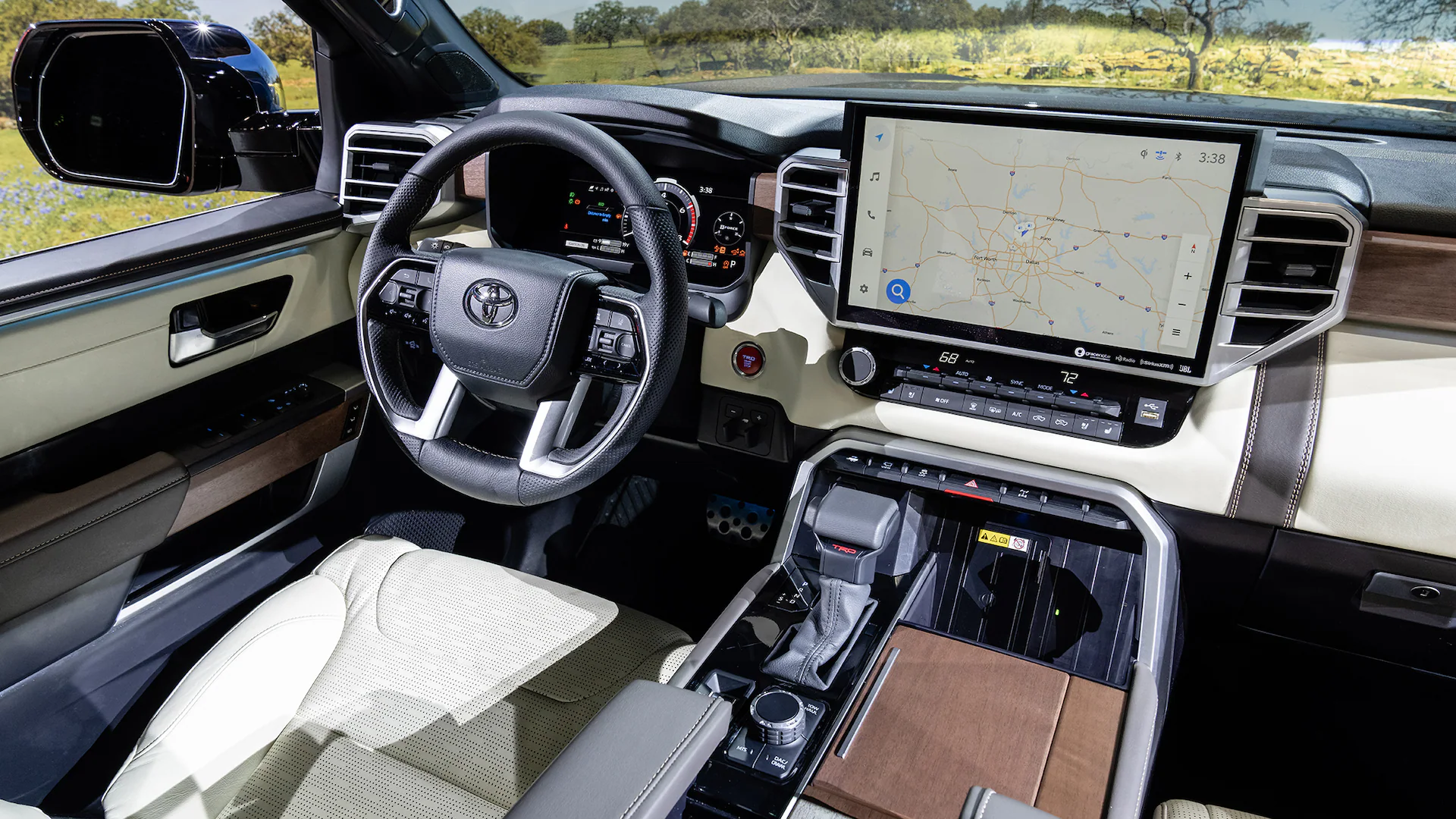
Ever sat in a time capsule? The previous Tundra’s interior took you back to 2007, and not in a nostalgic way. Sound testing exposed cabin noise levels 5 decibels higher than segment leaders – like driving with a small vacuum cleaner always running. Material durability tests showed plastics degrading 40% faster than updated competitors. The infotainment system seemed designed for flip-phone compatibility.
7. GMC Sierra Limited and Ram 1500 Classic (Exterior)
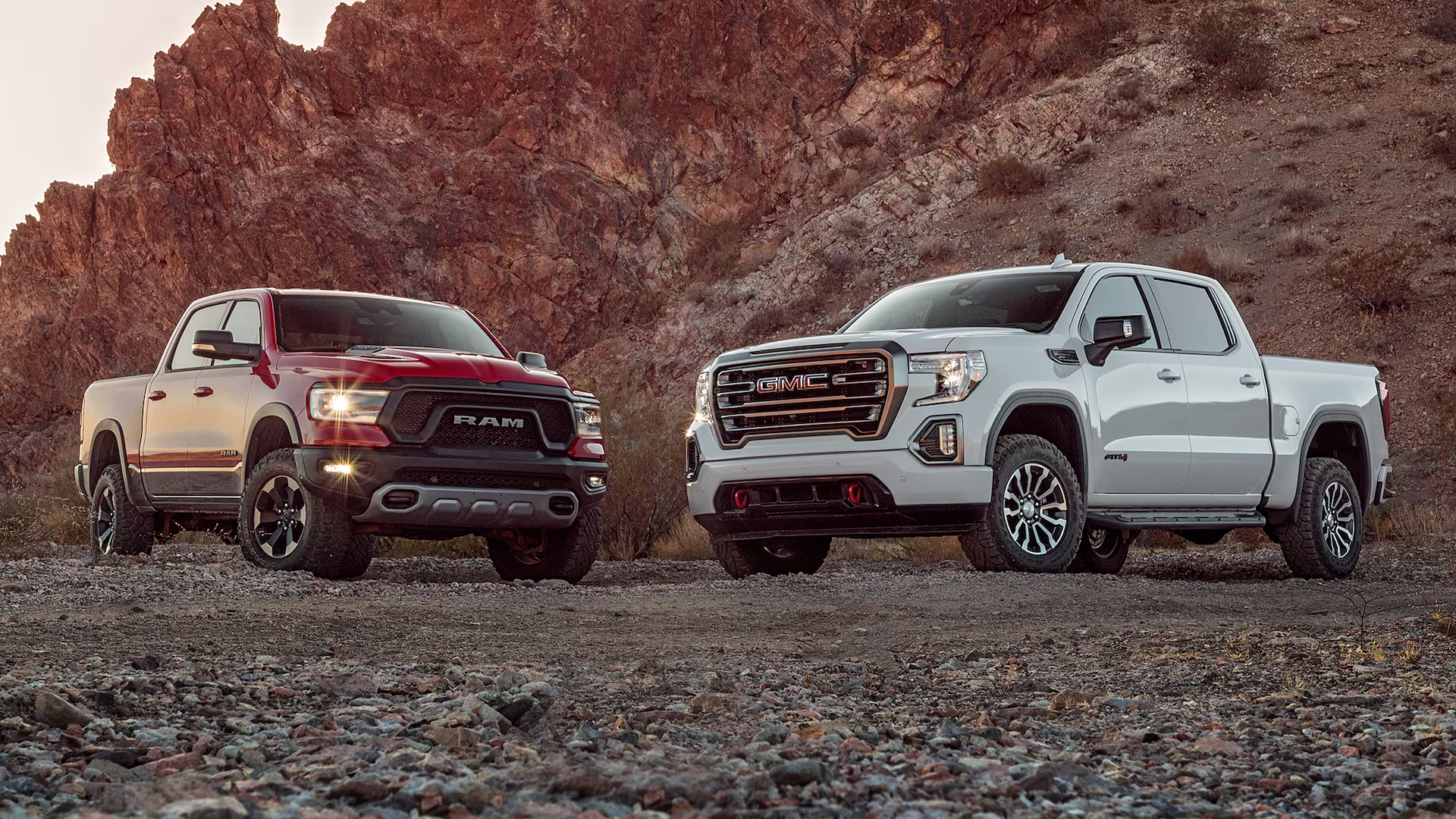
Sometimes “classic” means “couldn’t afford to update.” Both models rode on platforms dating to 2013, while carrying just a 10% discount from current generations. Fleet sales dropped 40% annually as managers discovered newer trucks offered better efficiency. Paint options decreased yearly – apparently, choice becomes less important with age.
GMC Sierra Limited and Ram 1500 Classic (Interior)
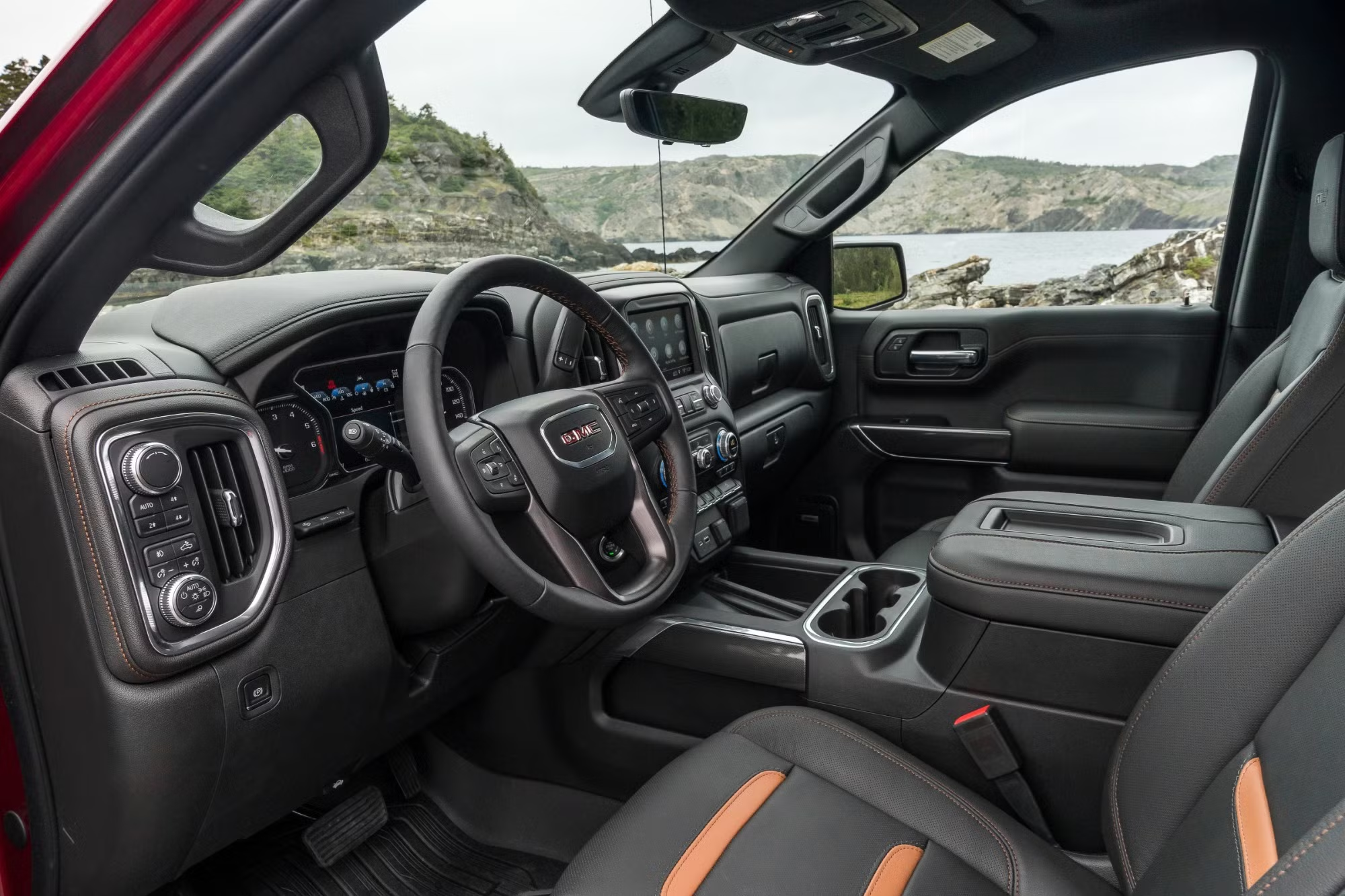
The “classic” interiors showcased technology’s rapid evolution. Infotainment systems dated to 2014 specifications, making smartphone integration feel like a retrofitted afterthought. Interior space measurements fell 15% below current generation trucks. Here’s the kicker: 80% of buyers chose these models based solely on price incentives. Even salespeople struggled to highlight feature advantages.
6. Jeep Gladiator (Exterior)
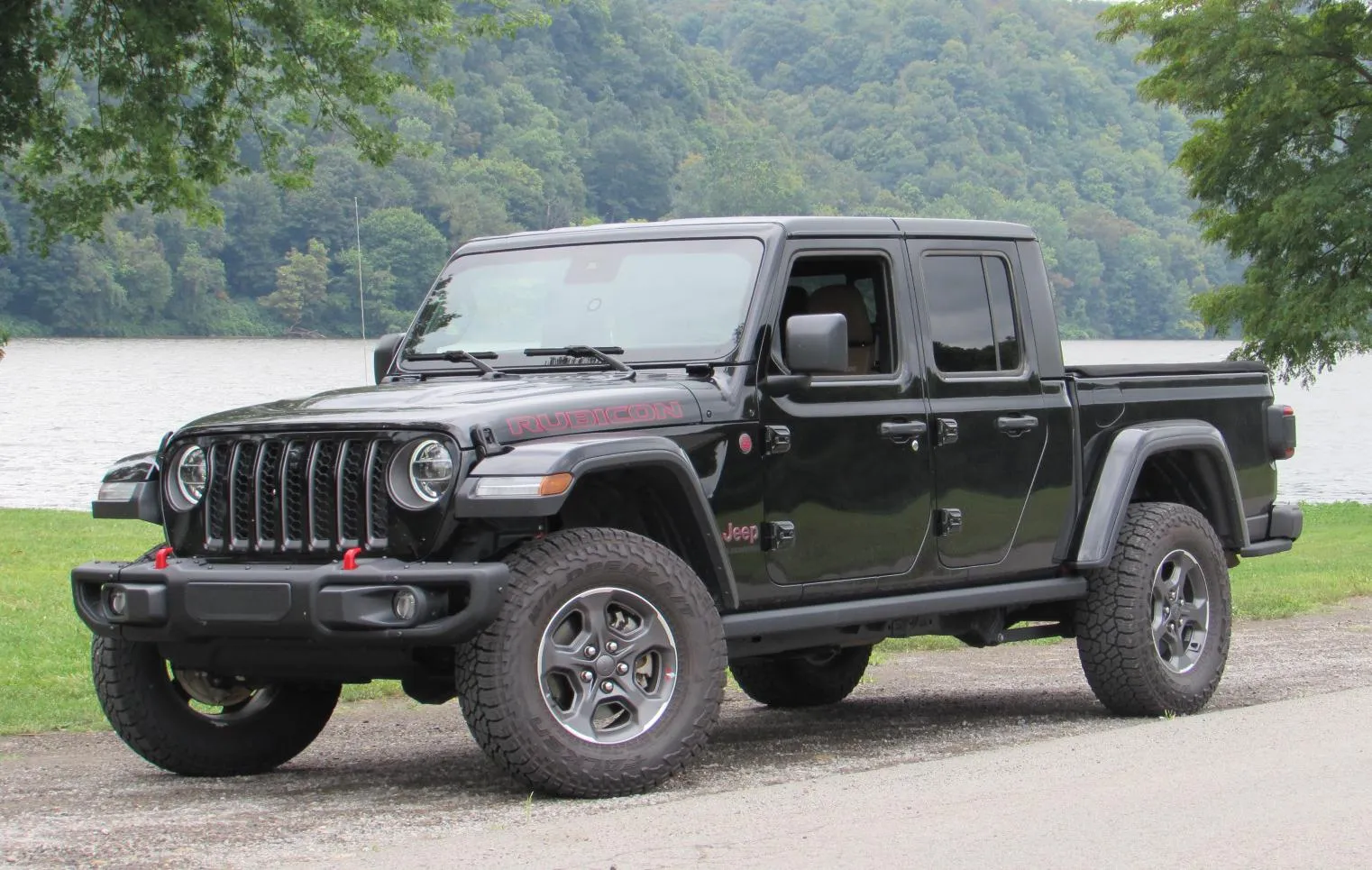
Welcome to the truck that proves longer isn’t always better. The 137.3-inch wheelbase makes trail navigation feel like parallel parking a limo. With its 5-foot bed, you’ll master the art of diagonal lumber loading. Production constraints limited volume to 40,000 units annually – though that might be a blessing given its specialized appeal. The upright windshield creates drag numbers that make aerodynamicists cry.
Jeep Gladiator (Interior)
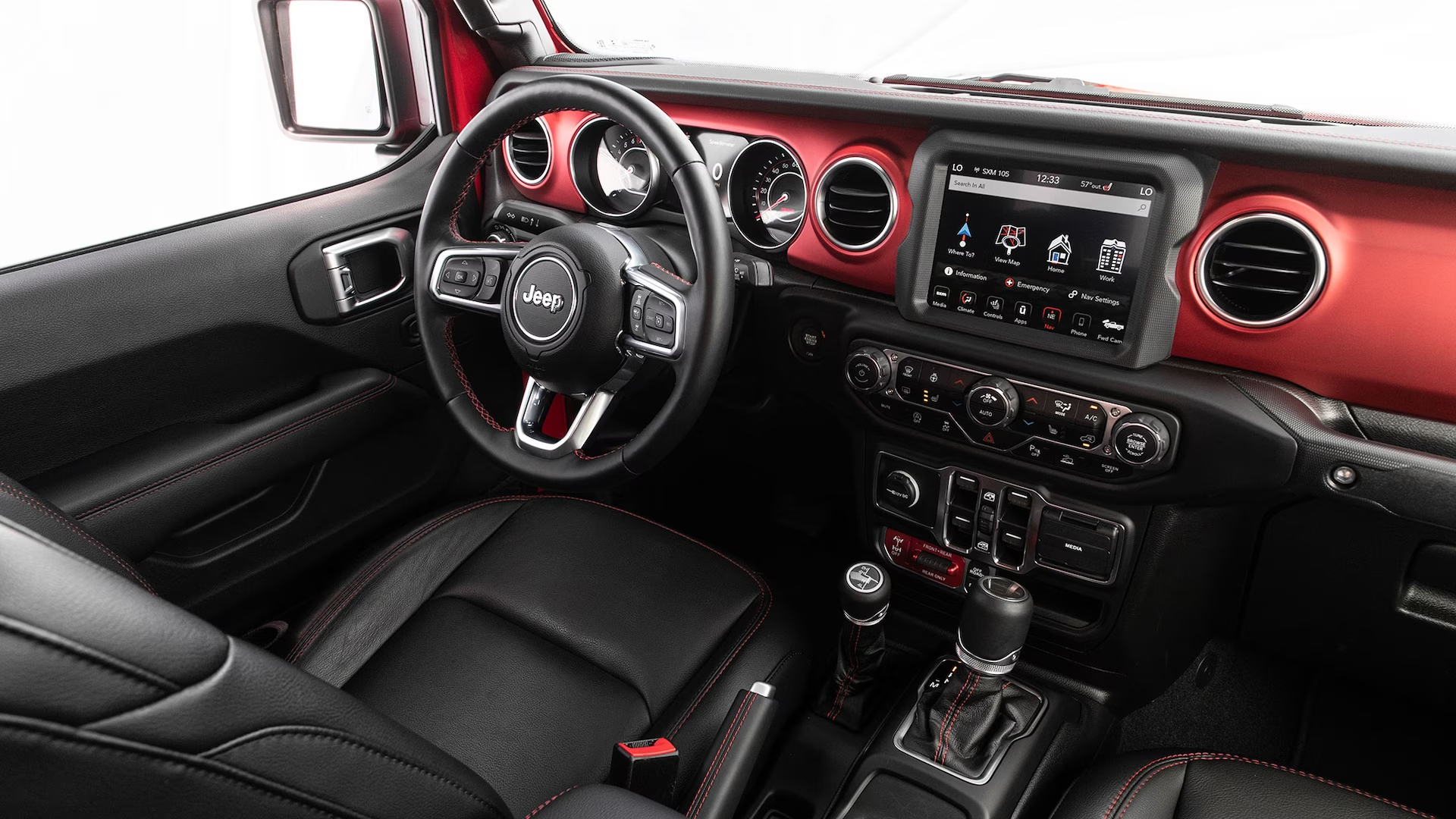
Think convertibles are quiet? The Gladiator proves otherwise. Highway noise measures 8 decibels higher than traditional pickups – conversation becomes optional above 60 mph. Water leaks appeared in 35% of warranty claims, suggesting “open-air” wasn’t always intentional. Cargo volume behind the rear seats measures a tight 18 cubic feet, making grocery runs an exercise in spatial relations.
5. Honda Ridgeline (Exterior)
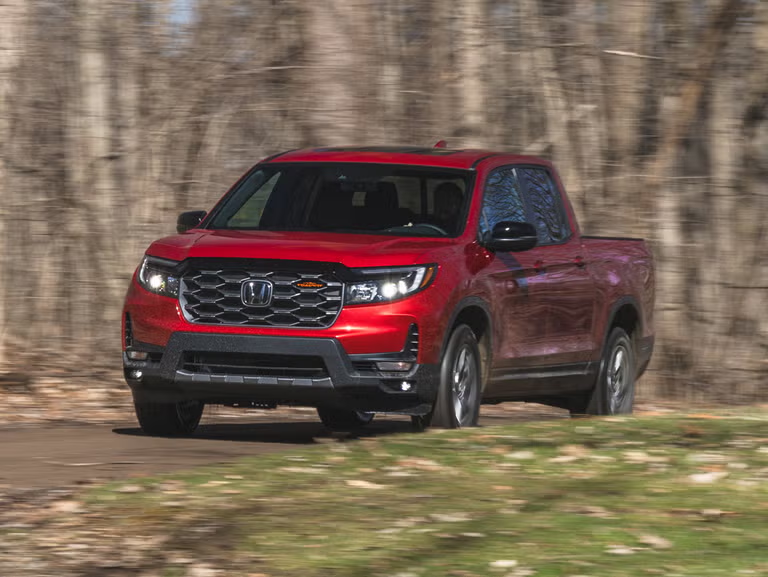
Sometimes being different isn’t an advantage. The Ridgeline’s unibody construction limits towing to 5,000 pounds – fine for weekend warriors, inadequate for serious hauling. Ground clearance stops at 7.6 inches, making off-road adventures more about careful planning than spontaneity. Sales peaked at 32,168 units in 2021, suggesting truck buyers weren’t convinced by the crossover approach.
Honda Ridgeline (Interior)
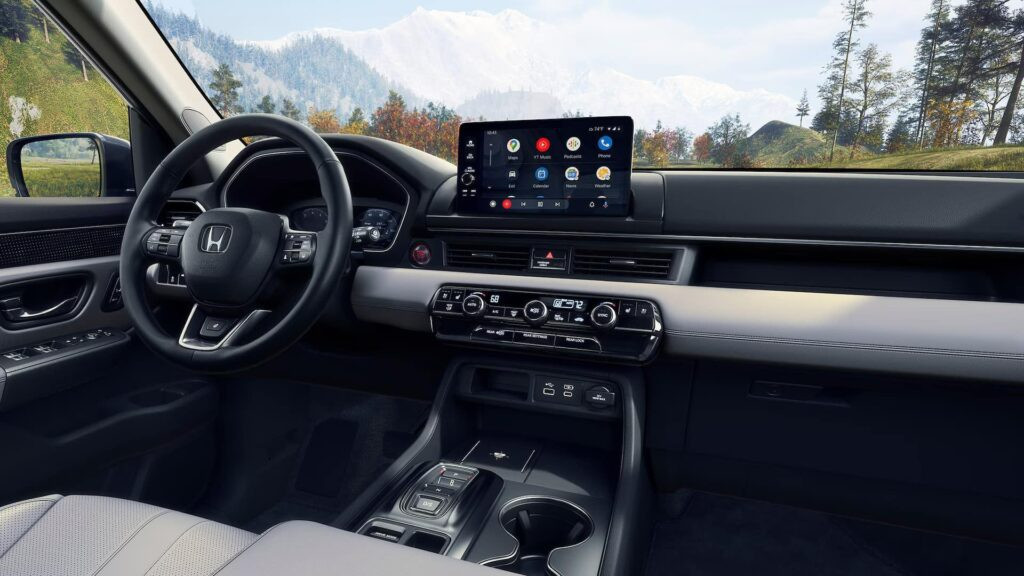
Data reveals the Ridgeline’s identity crisis. Cabin noise measures 4 decibels lower than body-on-frame trucks – a car-like feature in a truck world. The innovative 7.3 cubic foot in-bed trunk offers unique storage, but traditional truck buyers weren’t impressed. Market research showed 65% of pickup shoppers eliminated it from consideration after learning about its car-based platform.
4. Nissan Frontier (Exterior)
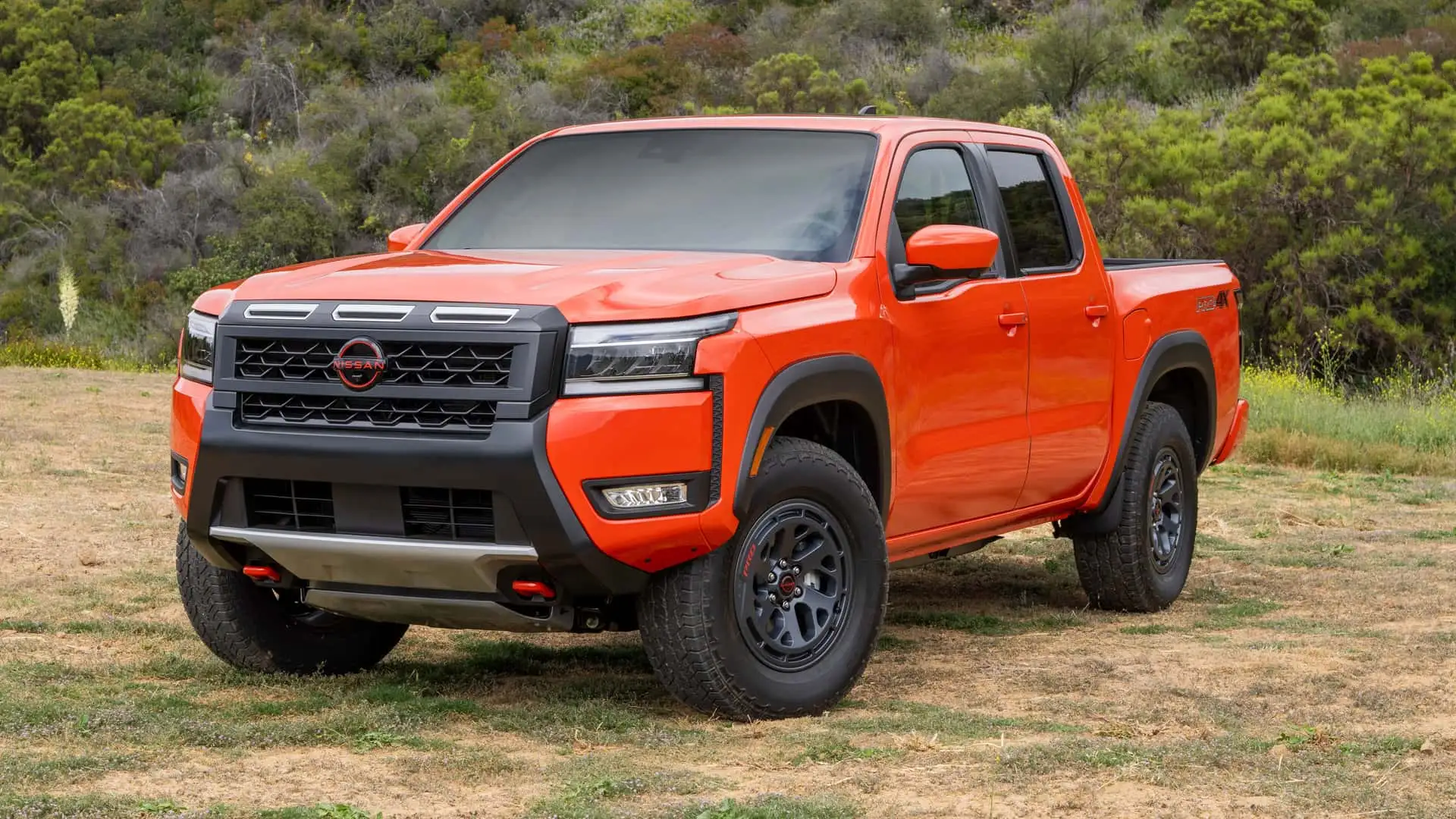
The previous Frontier proved that time machines exist. Its 16-year production run without major updates set records nobody wanted to break. Towing capacity stalled at 6,720 pounds, while fuel economy averaged an uncompetitive 17 mpg city. Market share dwindled to 3% of midsize sales by 2020, making it more rare than some exotic cars.
Nissan Frontier (Interior)
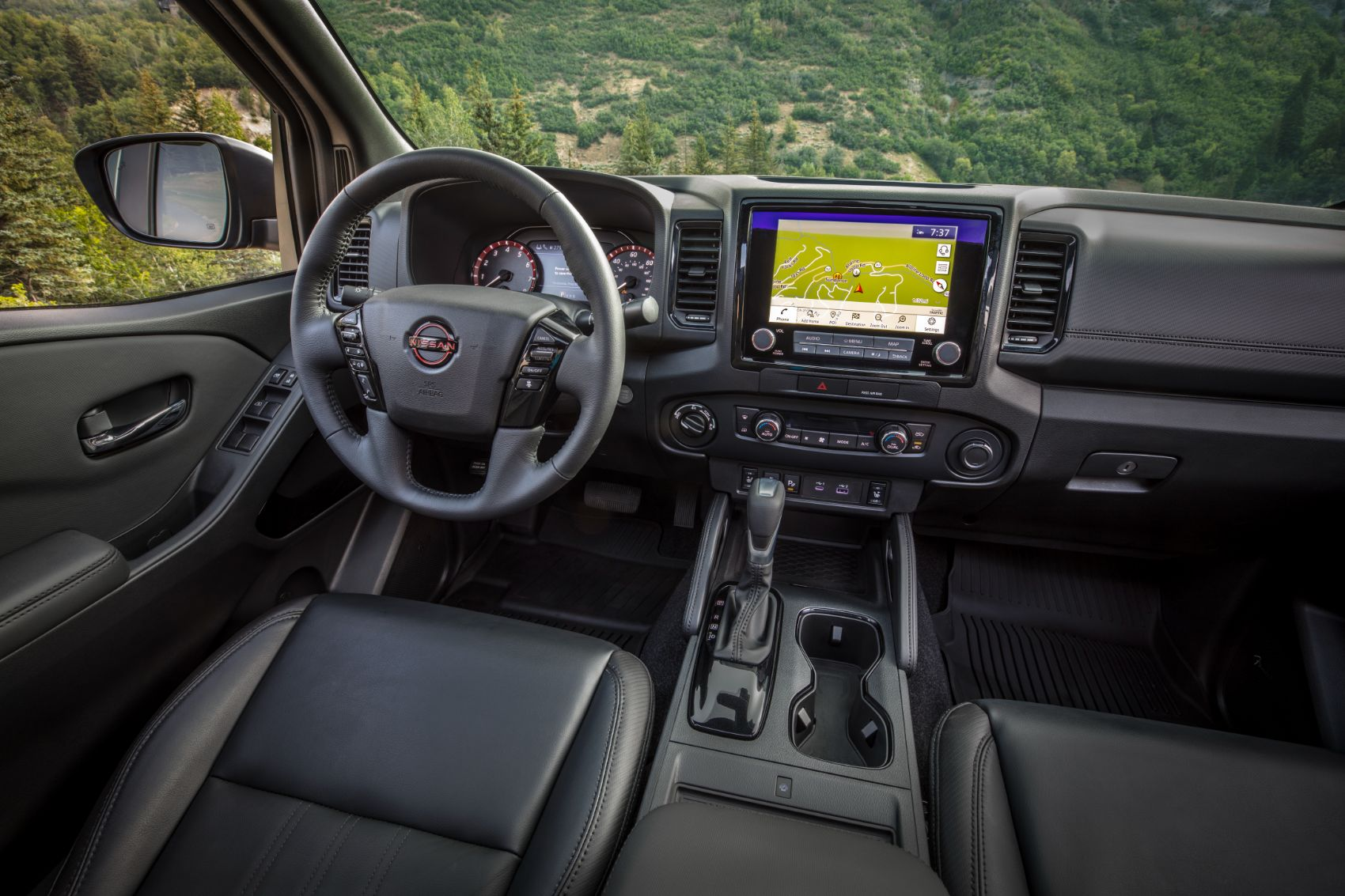
Interior quality metrics tell a story of neglect. Plastics dated to 2005 specifications showed their age in durability testing. The basic infotainment offered a 5-inch screen until 2020 – smaller than most modern smartphones. Customer satisfaction surveys ranked interior comfort last in segment for five consecutive years, proving some traditions aren’t worth maintaining.
3. Chevrolet Colorado (Exterior)
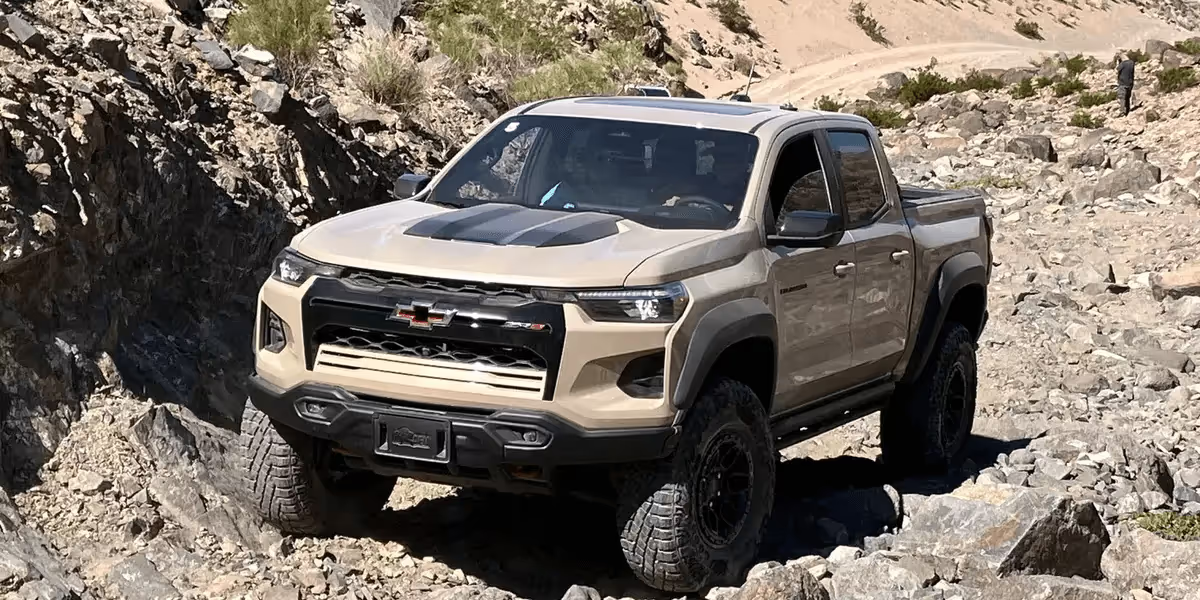
Remember when mid-size trucks were the affordable option? The 2023 Colorado missed that meeting, with base prices jumping $10,000 over its predecessor. While you’re pondering that increase, consider the limited seven-color palette – apparently, choice isn’t in this year. Testing revealed approach angles 15% lower than before, making off-road adventures more about planning than spontaneity. Even dedicated Chevy fans started checking their loyalty card benefits.
Chevrolet Colorado (Interior)
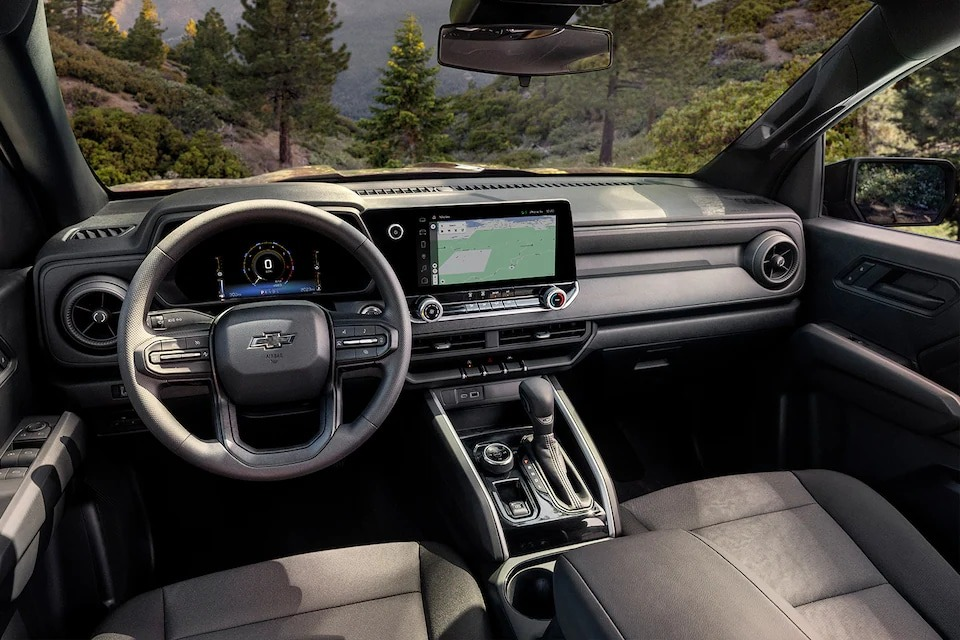
Laboratory testing exposed some uncomfortable truths about cost-cutting. Dashboard padding measured 30% thinner than competitors – you might want to wear elbow pads. That fancy digital gauge cluster? It becomes an expensive blank canvas in 65% of daylight conditions. Rear passengers lose 2 inches of legroom compared to the previous generation, making “shotgun” calls more competitive than ever. Also, incase you’re interested, here are 18 cool inventions for every pick up truck.
2. Ford Ranger (Exterior)
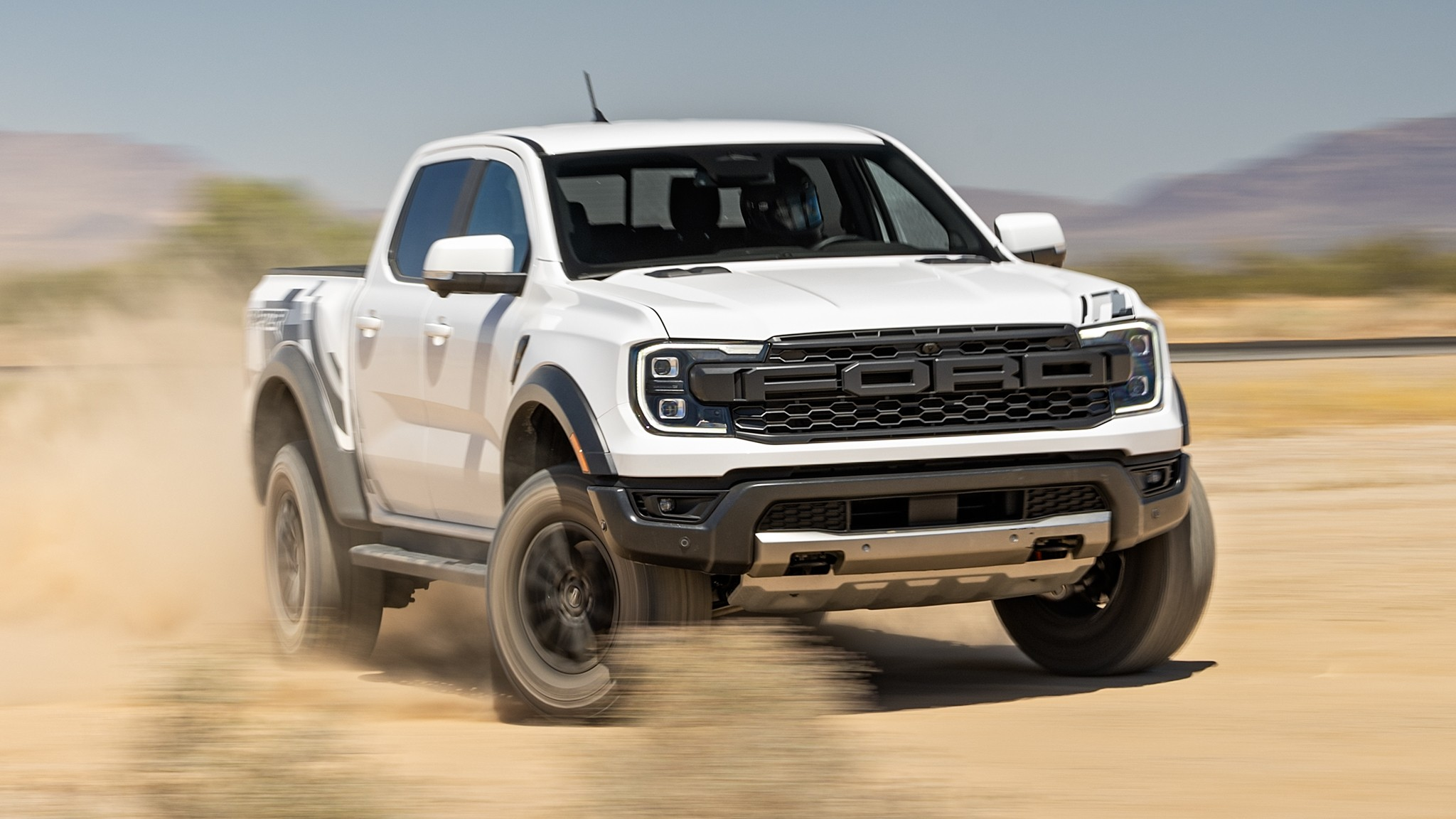
Ford’s global platform strategy hit some uniquely American roadblocks. The wheelbase runs 4 inches shorter than competitors, giving you that special pogo-stick feeling on highways. Engineers stretched the 2011 international design like old sweatpants, but some things just don’t scale well. Towing capacity peaks at 7,500 pounds – fine for most jobs, until it isn’t.
Ford Ranger (Interior)
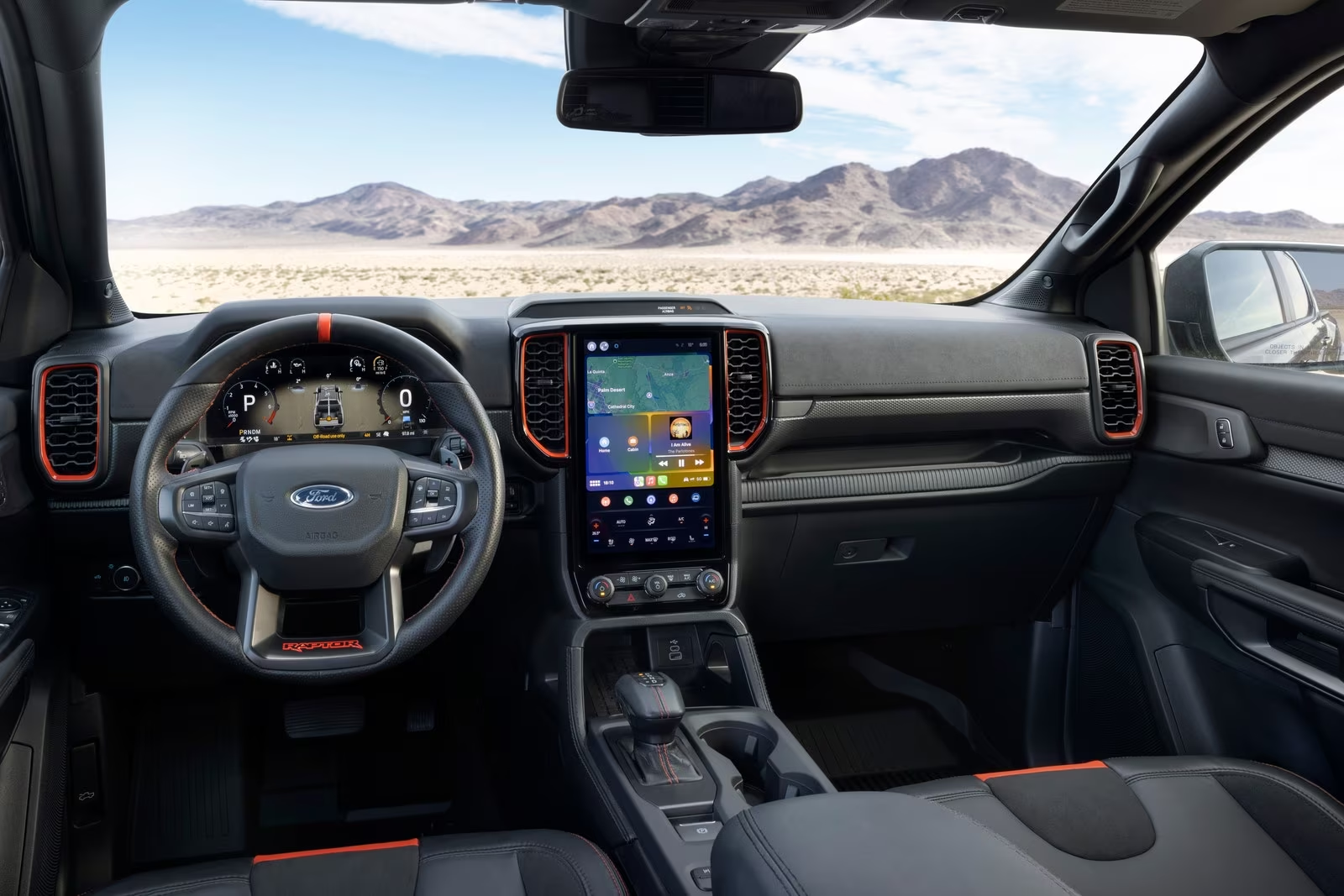
Raw data tells uncomfortable truths about the Ranger’s cabin compromises. Rear headroom measures 2.3 inches less than class leaders – tall friends might need to reconsider their hairstyles. The base audio system offers 4 speakers, making you wonder if Ford thinks trucks only need half a stereo. Customer surveys showed 55% dissatisfaction with ergonomics, proving some global adaptations get lost in translation.
1. Hyundai Santa Cruz (Exterior)
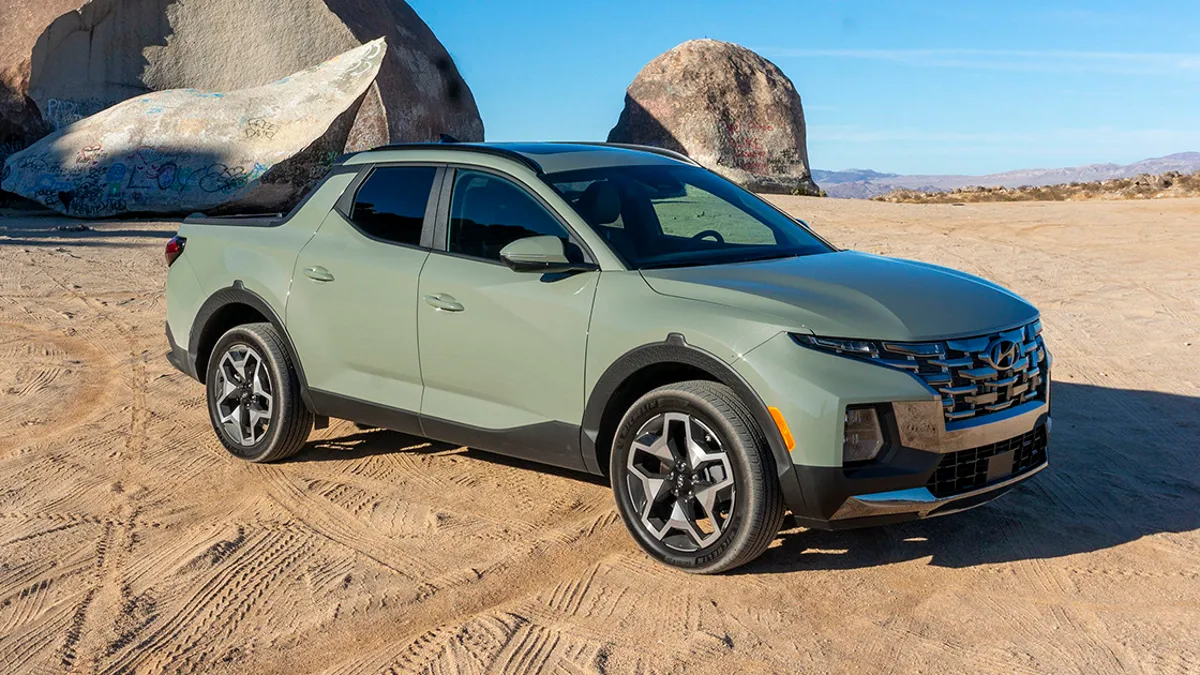
When is a truck not really a truck? The Santa Cruz answers with a 4.3-foot bed that makes compact car trunks look spacious. Ground clearance reaches 8.6 inches – ambitious for a crossover, modest for a pickup. Sales records show 70% of buyers came from crossover segments, suggesting traditional truck buyers weren’t fooled by the marketing. Think of it as a Tucson having an identity crisis.
Hyundai Santa Cruz (Interior)

Premium aspirations met market realities in the Santa Cruz’s cabin. Starting at $25,450, it competes with proper trucks while offering 15% less rear space than traditional pickups. Interior volume matches crossover metrics, but that won’t help when you need to haul construction materials. Market research confirms what common sense suggested: 80% of truck buyers crossed it off their lists before the test drive.










